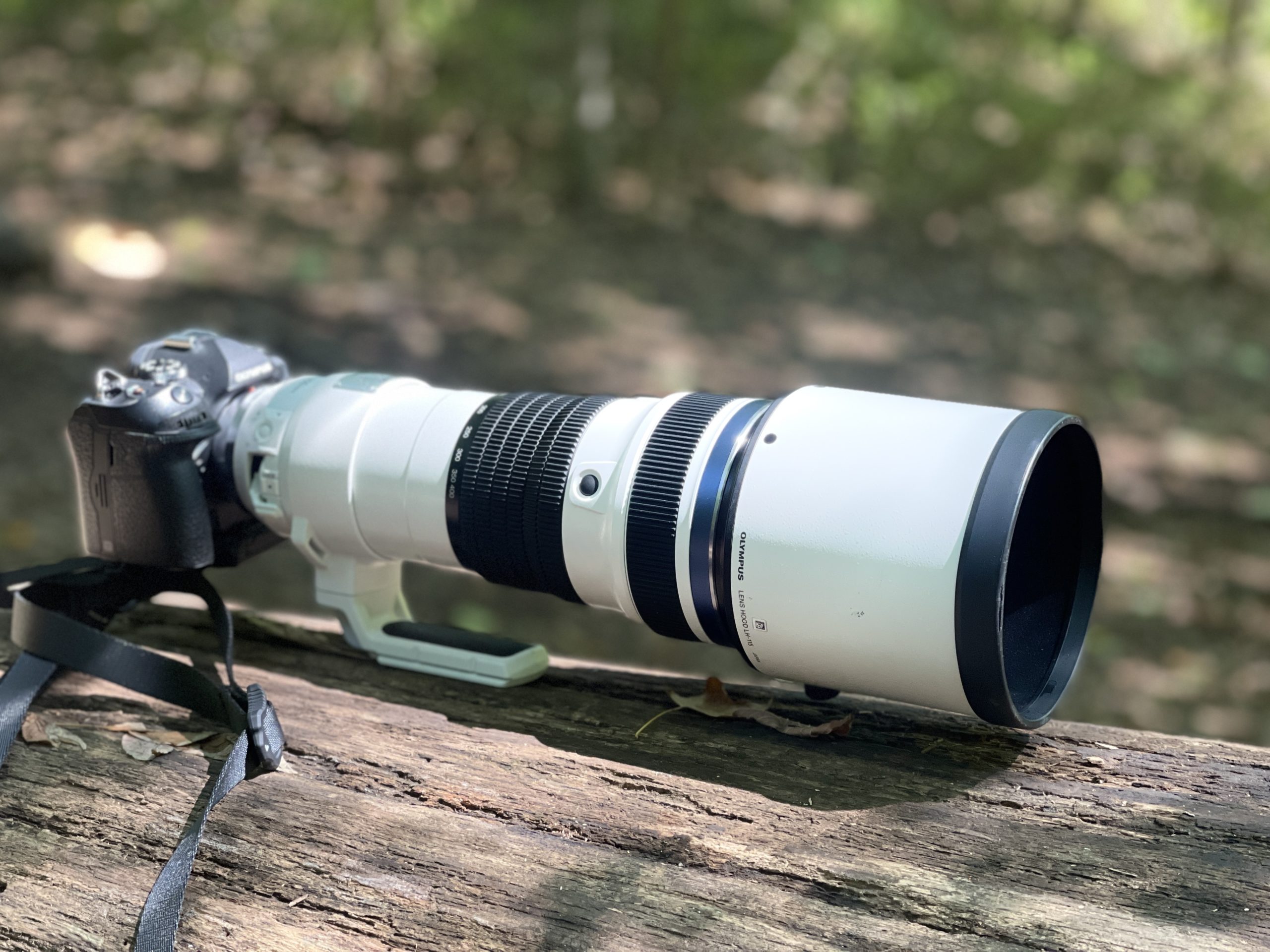If there were a nearly perfect lens for the OM System cameras for birding, it would be the Olympus 150-400mm f4.5 PRO. Billed for wildlife, birding, and sports, it’s an innovative lens capable of giving photographers a very high keeper rate. Combined with the OM1’s autofocusing abilities, it will be hard to miss a shot in the right conditions. Then there’s the build quality and IP durability rating this lens shares with the cameras to consider. Of course, who can forget about the built-in 1.25x teleconverter that can be activated when needed? Overall, this proves to be a fantastic lens.
We tested the Olympus 150-400mm f4.5 PRO in a variety of situations, through hikes in various forests, and on the streets of NY’s parks. Quite honestly, it impressed everyone who saw the photos it produced.
Table of Contents
The Big Picture
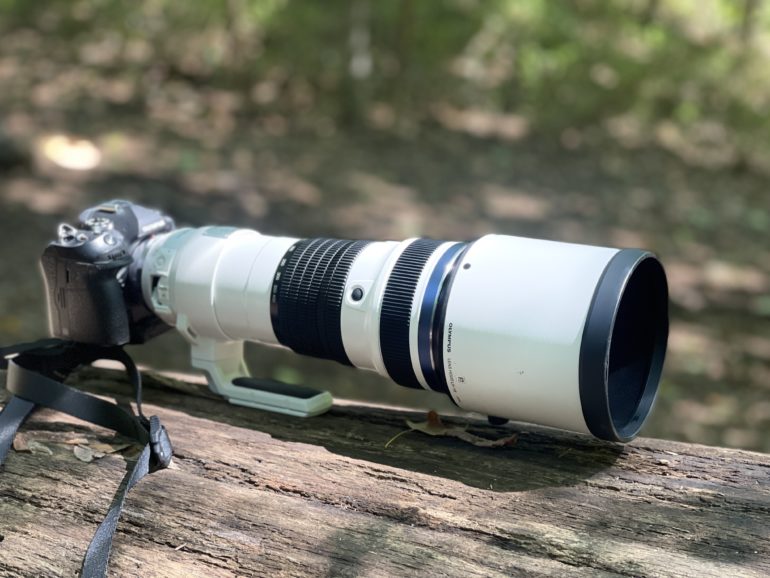
The Olympus 150-400mm f4.5 PRO lens offers some of the most versatility I’ve ever seen in the photography world. Lenses with built-in teleconverters can be something special. Wildlife and sports photographers will really like what this lens can do for them. I think wildlife and bird photographers are going to benefit the most here. The depth of field equivalence is around f9 on a full-frame camera when shooting wide open. And when the teleconverter is activated, it becomes f5.6, which translates to f11. Sure, these are all considerations to make when shooting with a lens like this.
As insanely innovative as the Olympus 150-400mm f4.5 PRO is, it’s also a reminder that I wish OM System made faster lenses. A 200mm f2, 300mm f2, and 400mm f2 lens set would be incredible, and I don’t think they’d need to be so huge because Micro Four Thirds only uses the center of the optics. They made a 45mm f1.2, so why can’t they make telephoto lenses at f2? Each of these would have the equivalent depth of field of f4 when shooting wide open compared to full-frame cameras. Considering that OM System’s autofocus can handle it, I think lenses like these would be fantastic additions.
Personal thoughts aside, the Olympus 150-400mm f4.5 PRO is a must-have for birding and wildlife photographers. It’s arguably one of the most capable lenses on the market today.


We’re awarding the Olympus 150-400mm f4.5 PRO five out of five stars, as well as our Editor’s Choice Award. Want one? Check them out at Adorama, Lensrentals, and Amazon to make a purchase using our affiliate links.
Pros
- Insanely lightweight for carrying over time
- Pretty fast
- Weather resistance
- Very sharp and beautiful image quality
- Incredibly convenient
- The built-in teleconverter is awesome.
- Internal zooming
- Beautiful colors and bokeh
Cons
- Even with focus limiters on, the focus can be slow and annoying at times. But that’s kind of a given considering the massive focal length range.
- Can be slow to focus even with the OM System OM1 in super low lighting like in a forest.
- Quite a high price
Gear Used
The Olympus 150-400mm f4.5 PRO was loaned to us courtesy of Lensrentals. It was used with the OM System OM-1, which has been on long-term loan with us.
Innovations
There aren’t many lenses with built-in teleconverters. This is the equivalent of 300-800mm that adds in the teleconverter when you need and want it. On top of that, it’s weather-resistant. You just can’t beat the level of innovation here.
Ergonomics
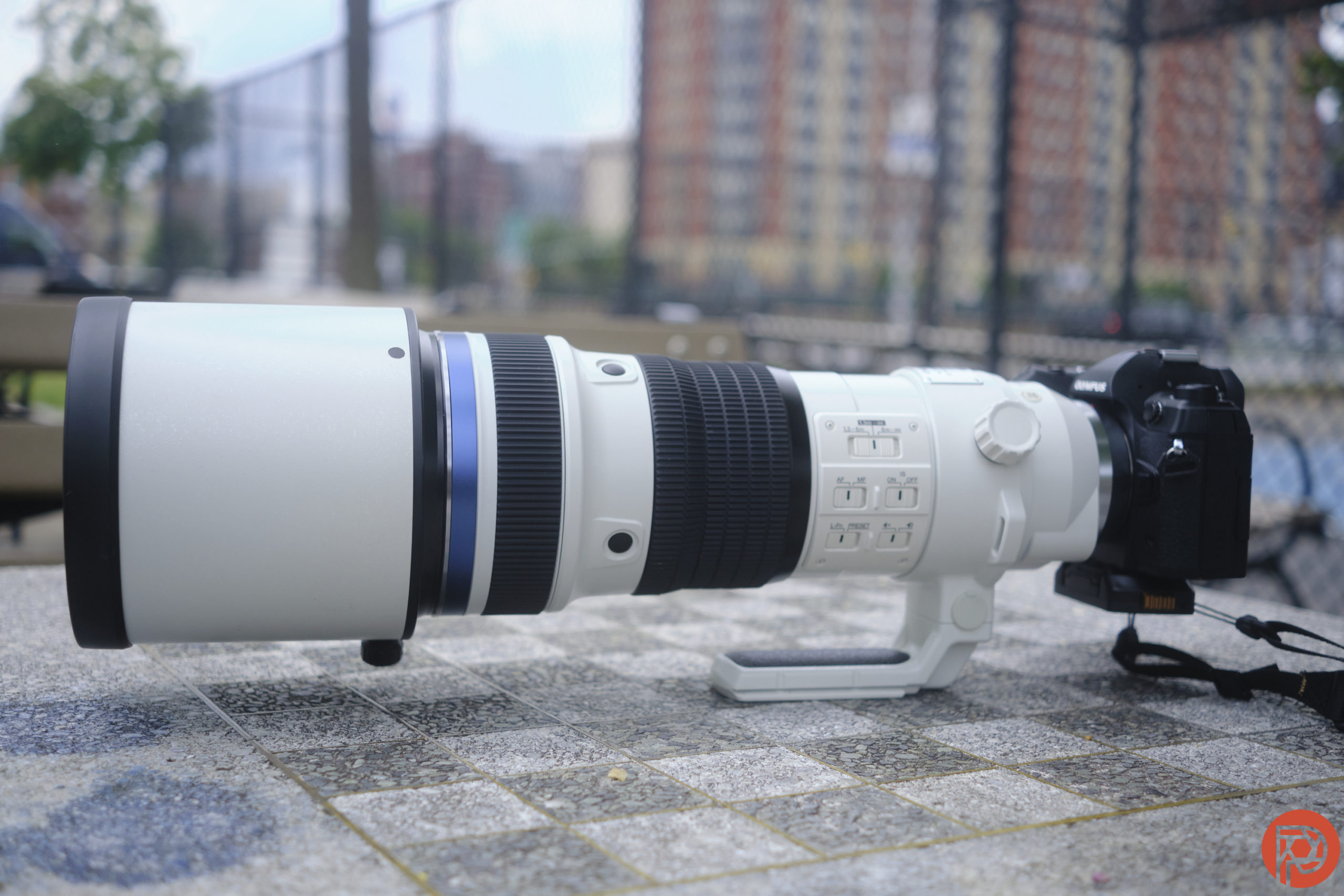
Here’s the Olympus 150-400mm f4.5 PRO lens in action. As you can tell, it’s large for an Olympus/OM System lens, but that’s justifiable. Towards the front is the focusing ring. Behind that are programmable buttons, which are a great idea to set to something you need. After that is the zoom ring, which internally zooms the lens. Following that area are the controls. And lastly, there’s a tripod collar. You’d think this lens would have a slot for a filter, but the front is where you’ll put a filter.

Here’s a closer look at the texture on the lens. It’s easy to hold due to the text on the rubber rings and the lens itself.
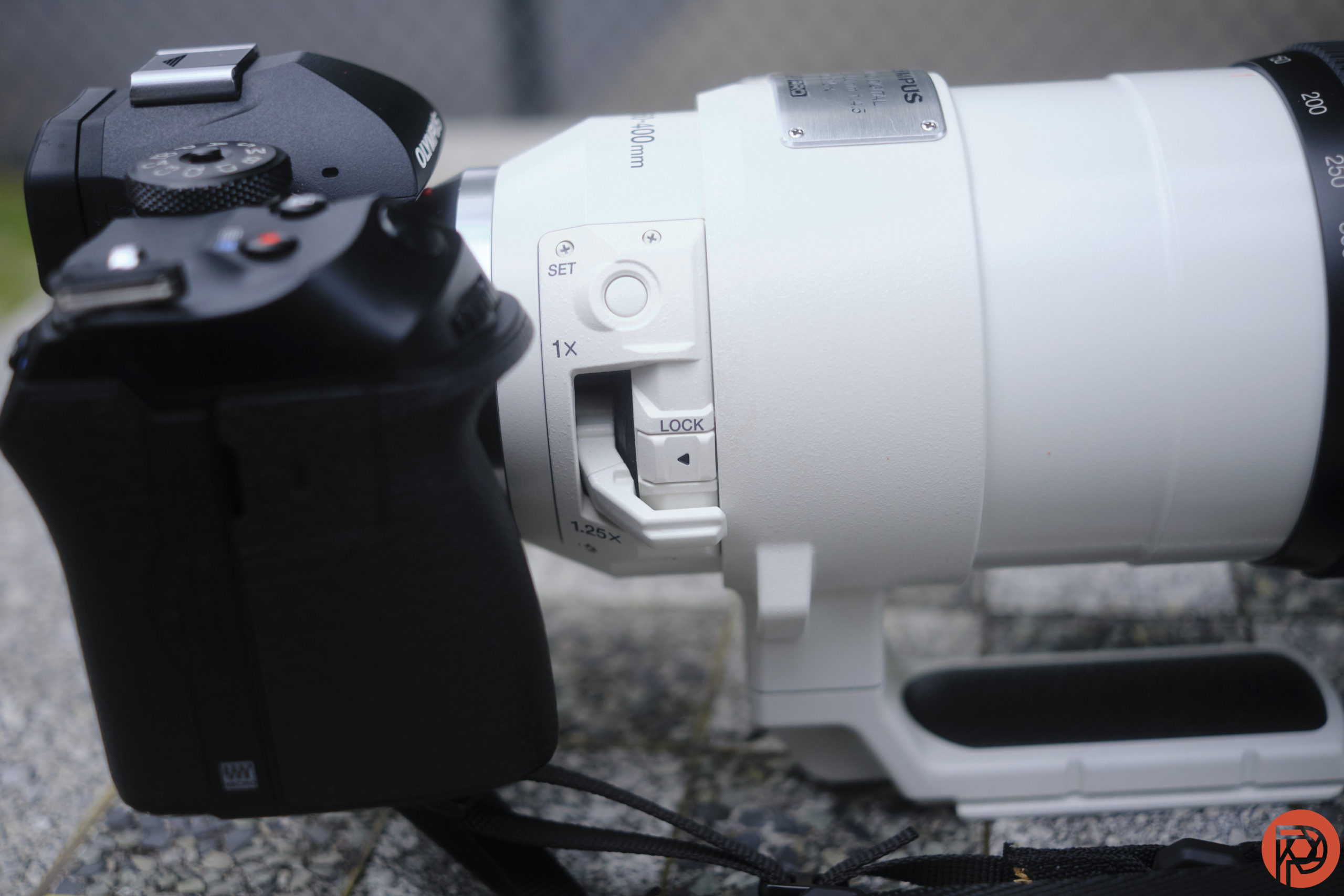
Towards the mount is the teleconverter switch. It also has a lock to ensure that the lens doesn’t accidentally go from one setting to the other. In testing, I never found that happening.
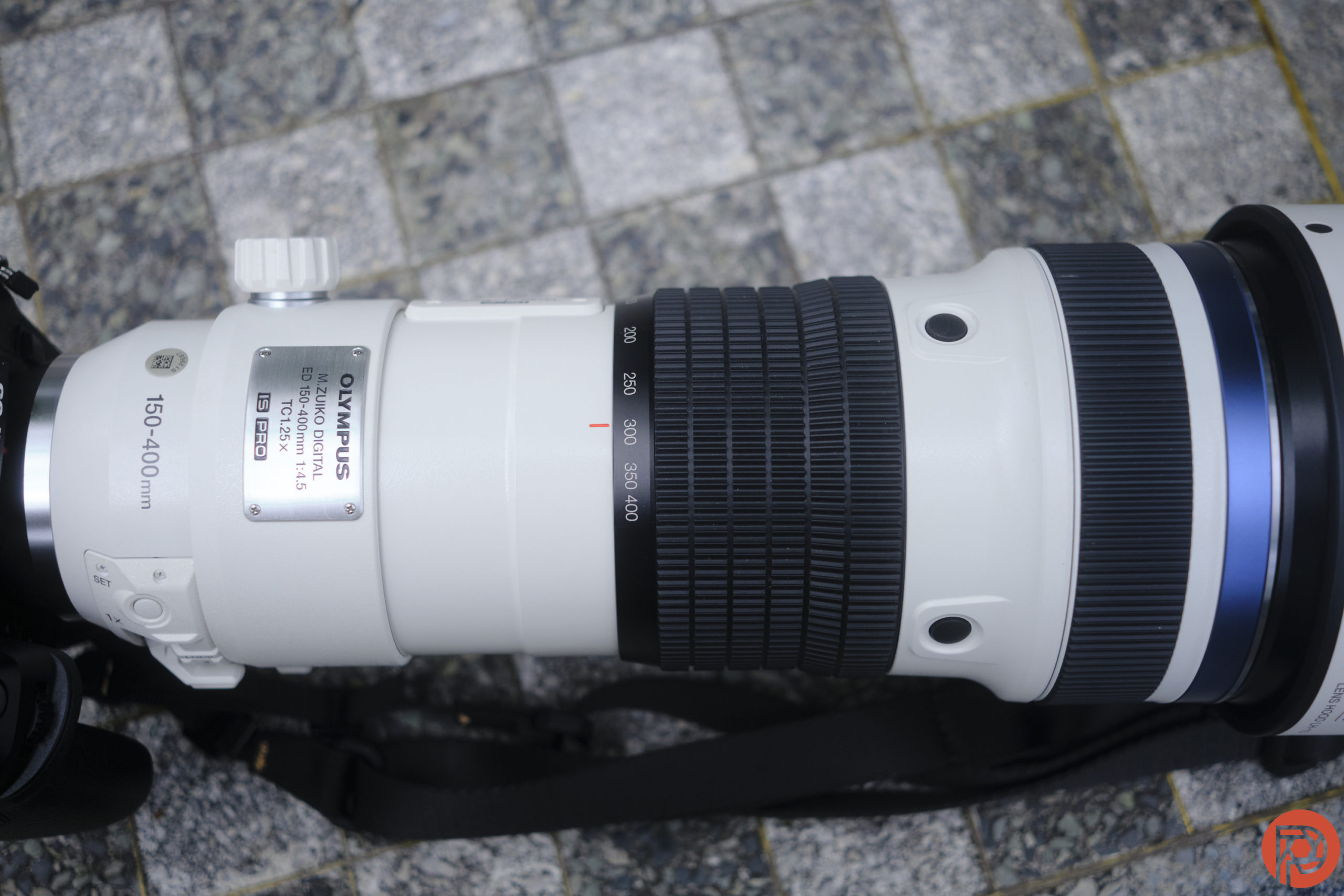
Here’s another shot of the lens and all that goodness for you folks who love the design of Olympus lenses.
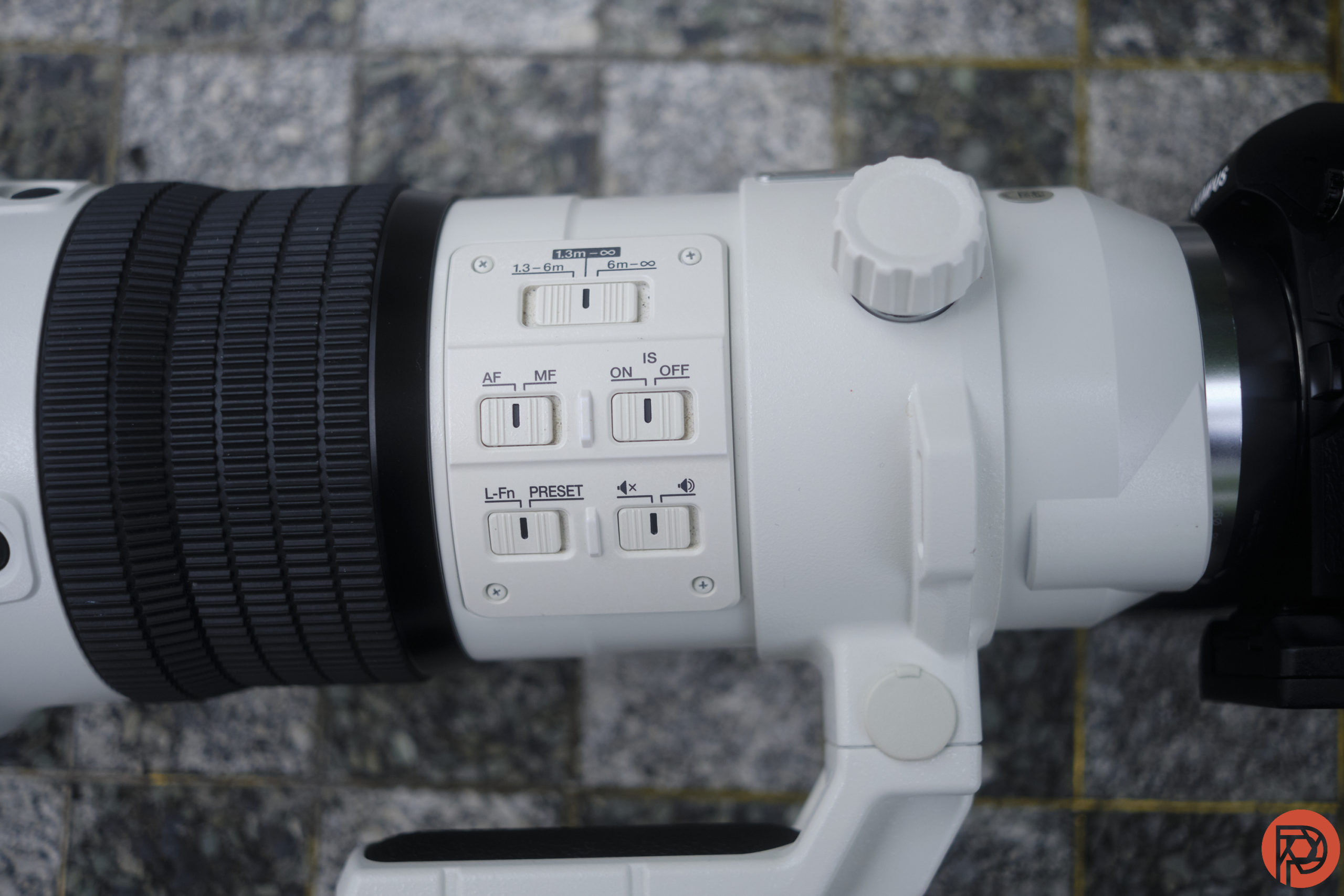
And finally here are the controls. There’s a lot of them, but they’re conveniently and appropriately placed. You’ll surely need to remove your eye from the viewfinder to figure out what you’re doing, but they’re easy enough to use.
Build Quality
Before I photographed sports with this lens, my buddy Andre spoke to me about weather resistance and how important it is to him these days because he’s around his kids often with his camera. I then proceeded to take the water from my water bottle and dump it on the OM1 with the Olympus 150-400mm f4.5 PRO attached. He was dumbfounded when the combo continued to work flawlessly. Indeed, the weather resistance on the Olympus 150-400mm f4.5 PRO is impeccable; we can’t find a single fault with it.
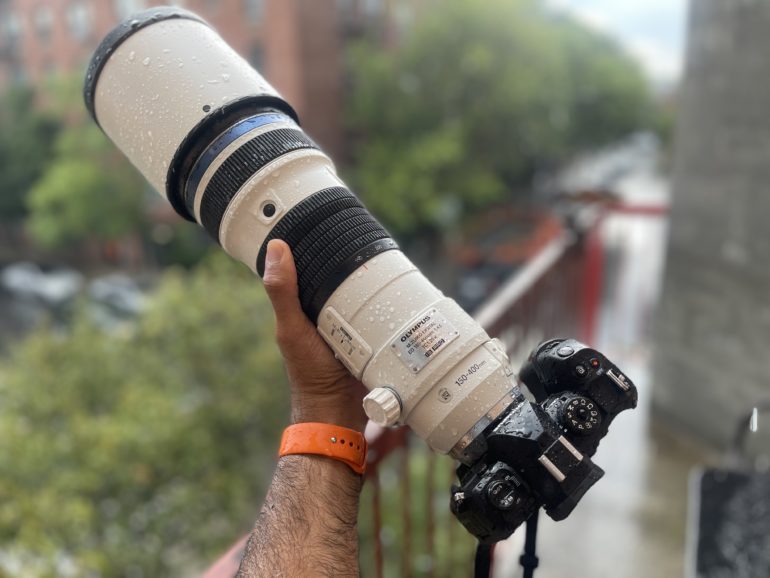
In the hand, it also feels incredibly balanced. In real-life use, it also stays well balanced because it’s an internally zooming lens, so the weight distribution doesn’t change. While it’s very lightweight for what it is, it’s still kind of heavy to haul along for a while. I walked around neighborhoods and forests with this lens and had to tuck it under my arm a bunch of times.
While shooting with this lens, I sometimes wondered about how it would do with a pistol-style grip for the bottom area by the tripod collar.
Ease of Use
There’s a lot to know about the Olympus 150-400mm f4.5 PRO when it comes to using it. There’s a focus limiter switch, its own beeping option, image stabilization, and so much more. And trust me, at the longer end, even with the OM1, you need the image stabilization this lens gives you. If you’re an advanced shooter, I think you’ll get the hang of it.
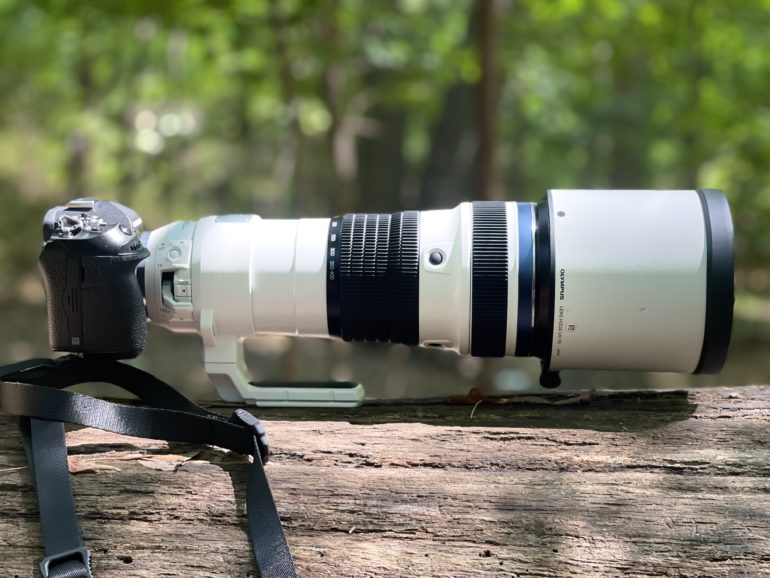
Focusing
There are a myriad of situations we tested the autofocus on the Olympus 150-400mm f4.5 PRO with. Here are some notes:

- With the S-OVF setting activated, the Olympus 150-400mm f4.5 PRO always nailed focusing when the lens didn’t have to focus on a completely different distance or when the AI was being smart.
- In low light with the S-OVF setting and the FPS rate high, the OM1 turns into an autofocusing beast that’s very capable. But even then, finding birds in trees under forest canopy can be pretty tough.
- In low light with S-OVF turned off, the focusing struggled a bit with the OM1. It’s not awful, but it’s surely noticeable.
- In good lighting with exposure preview on (S-OVF turned off), the OM1 and Olympus 150-400mm f4.5 PRO do a terrific job. Compared to Canon and Sony, I think it’s a bit behind but absolutely no slouch.
With all the different AI modes though, the Olympus 150-400mm f4.5 PRO proved itself capable of capturing a lot of different subjects. Specifically, it did this using the Pro Capture Mode. If you’re using it in continuous burst shooting with the low setting, it’s going to be nowhere as accurate vs using Pro Capture Mode. There were a few times where Pro Capture Mode honestly saved the performance overall.
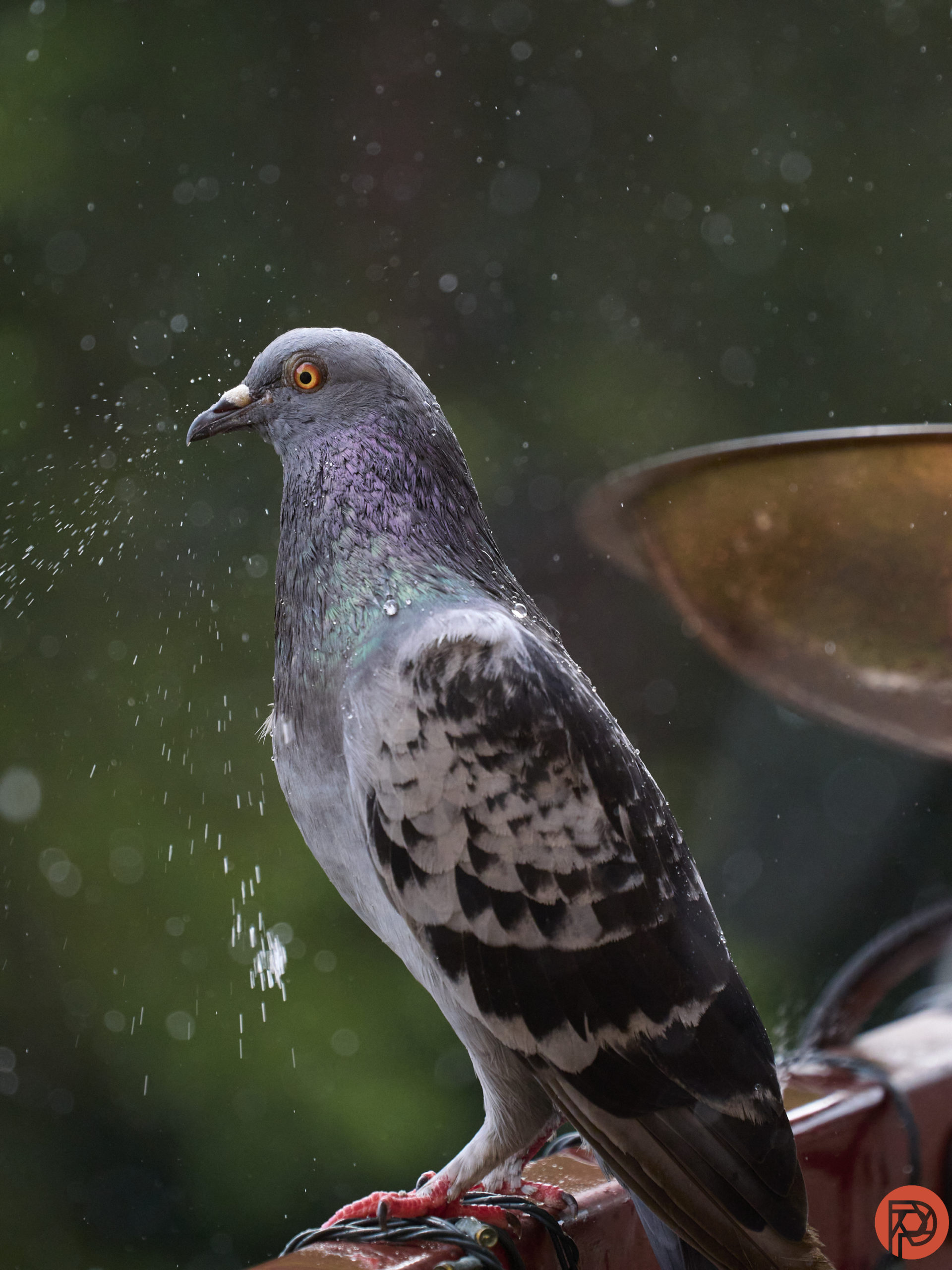
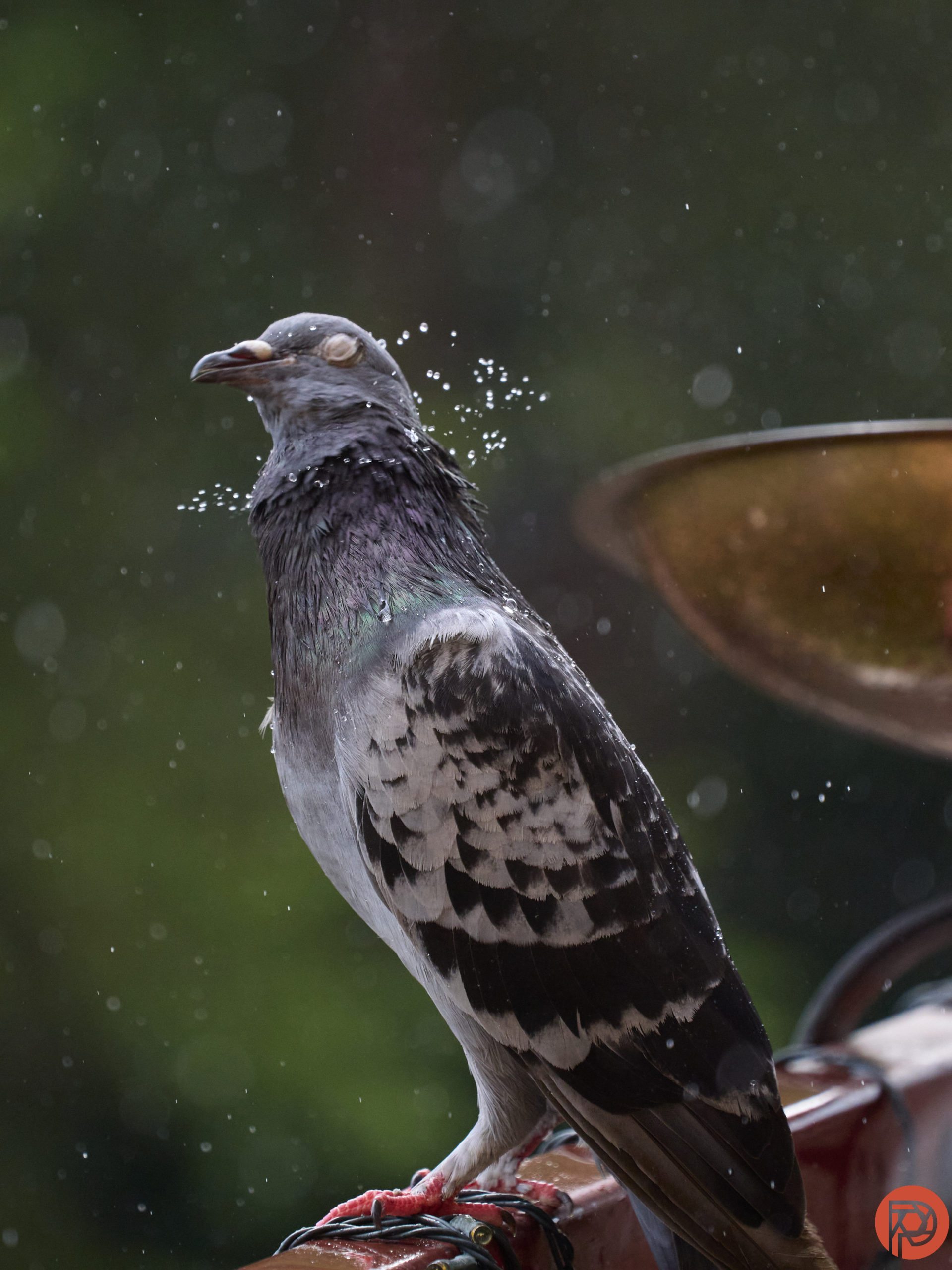
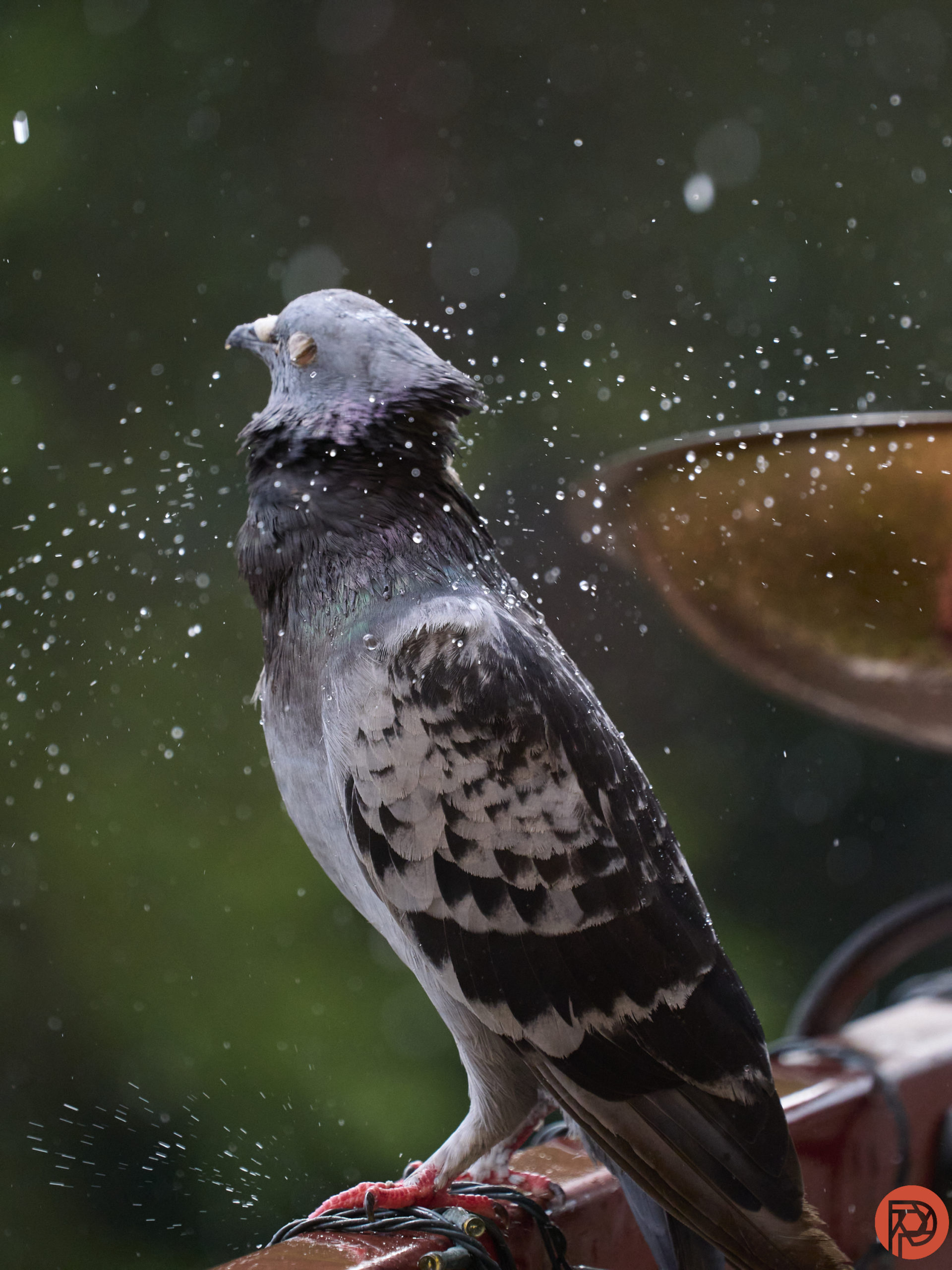

Pro Capture Mode and the focus limiter switch helped me capture this awesome moment on my balcony using the OM1. I’ve never caught anything like this with other camera systems, but I’ve also arguably never had the opportunity to do so.
Image Quality
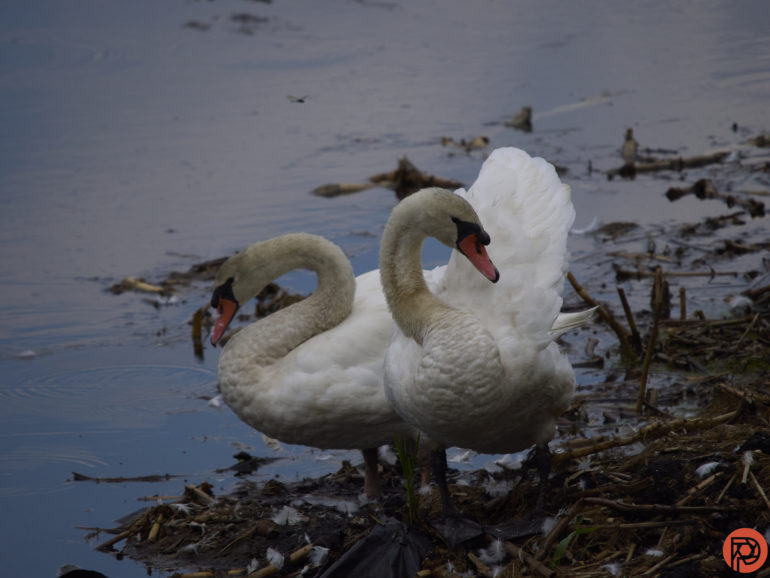
The Olympus 150-400mm f4.5 PRO is a lens you should never bother stopping down. In full-frame language, this is the equivalent of an f9 lens because of the 2x crop factor. But you’ll be able to get beautiful bokeh, colors, and so much more. We had a blast using this lens, and here are some sample images and our thoughts.
Bokeh
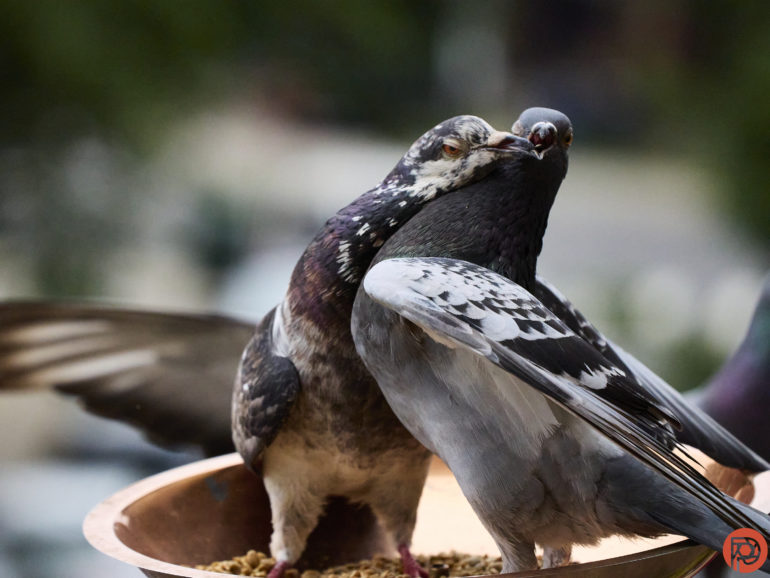
Sometimes when I feed the birds on my balcony, they fight. Those moments are fantastic when caught on camera. This was shot wide open. Even though it’s has the depth of field equivalence of f9 in full-frame speak, it still gives beautiful bokeh that bird and wildlife photographers will love.
Color Rendition
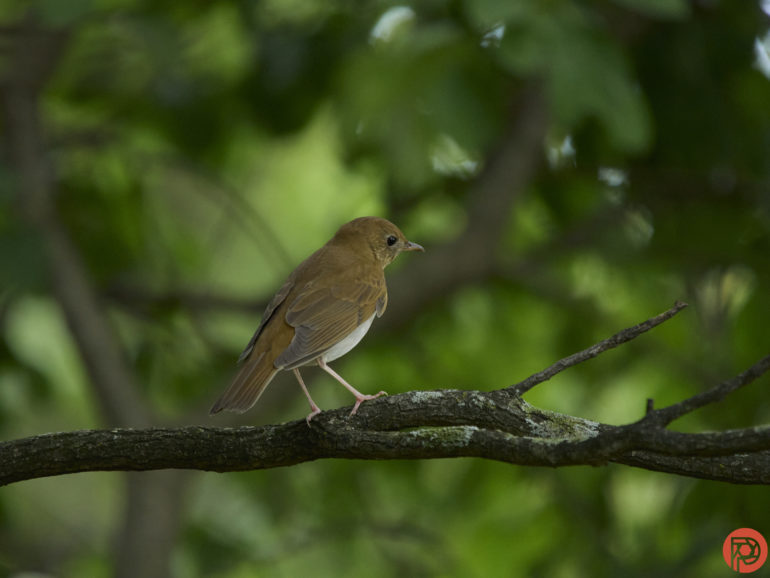
Olympus and now OM System have always rendered photos a little blue. Even with the “keep warm” function on, they were still a bit warm for my liking. I ended up switching the camera to daylight mode and locking that to deal with it later if I needed to. With that said, the colors are still very good, especially in good lighting.
Lens Character
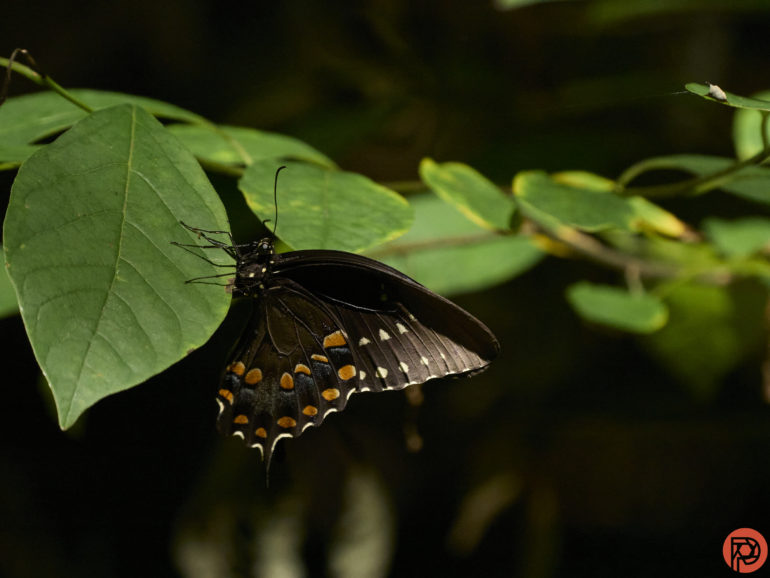
This lens doesn’t have any character. With that said, it also has very traditional Japanese manufacturing with no lens flare, ghosting, or other issues you’d run into. With a lens like this, I think that’s very important.
Sharpness

Wide open and even with the teleconverter, you never have to stop this lens down. Just use Pro Capture mode and let the electronic shutter take over. It’s very sharp wide open, and we found nothing that would make us say otherwise.
Extra Image Samples
From day one, The Phoblographer has been huge on transparency with our audience. Nothing from this review is sponsored. Further, lots of folks will post reviews and show lots of editing in the photos. The problem then becomes that anyone and everyone can do the same thing. They’re not showing what the lens can do. So we have a section in our Extra Image Samples area to show edited and unedited photos. From this, you can make a decision for yourself.
Unedited

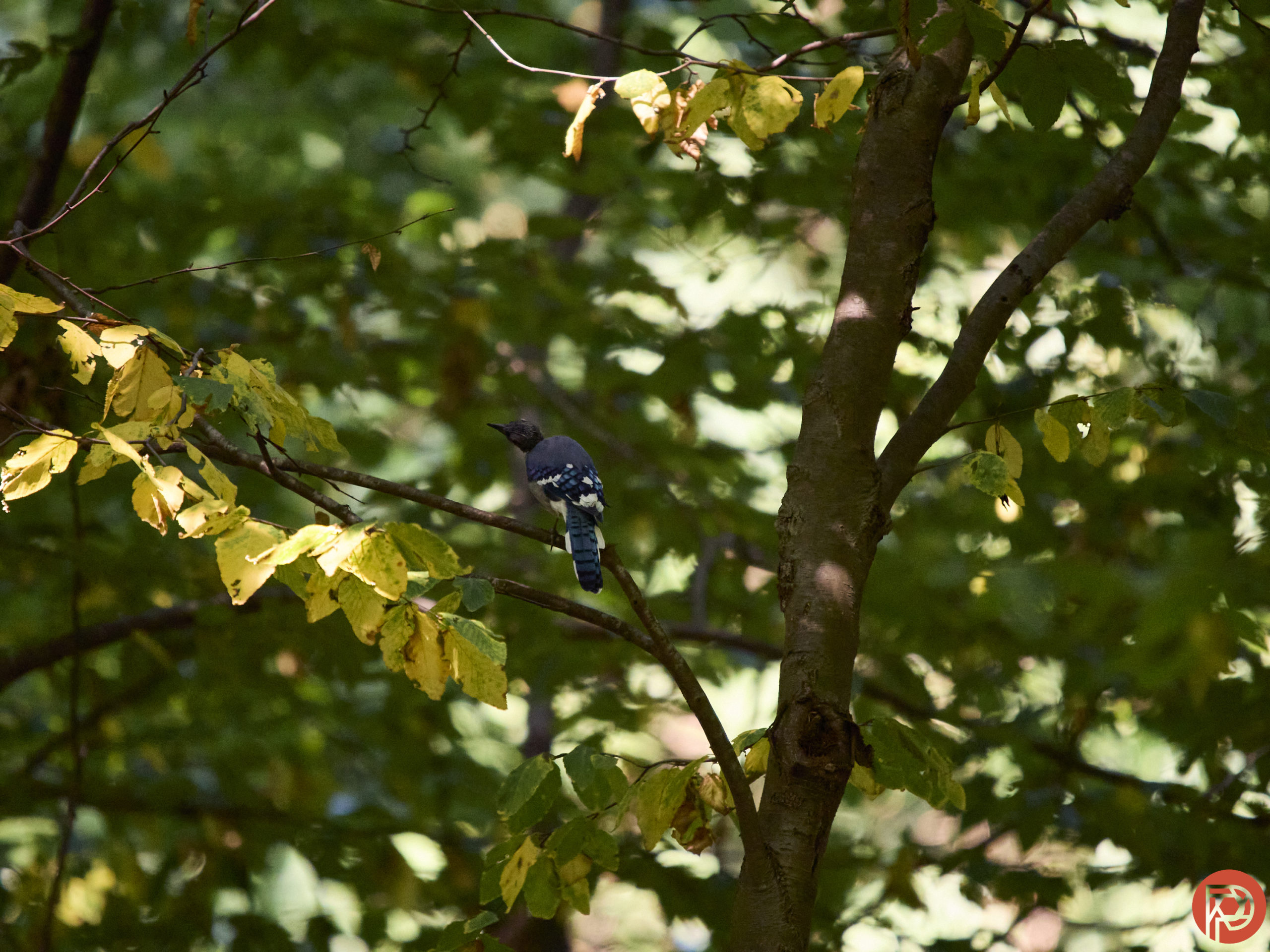

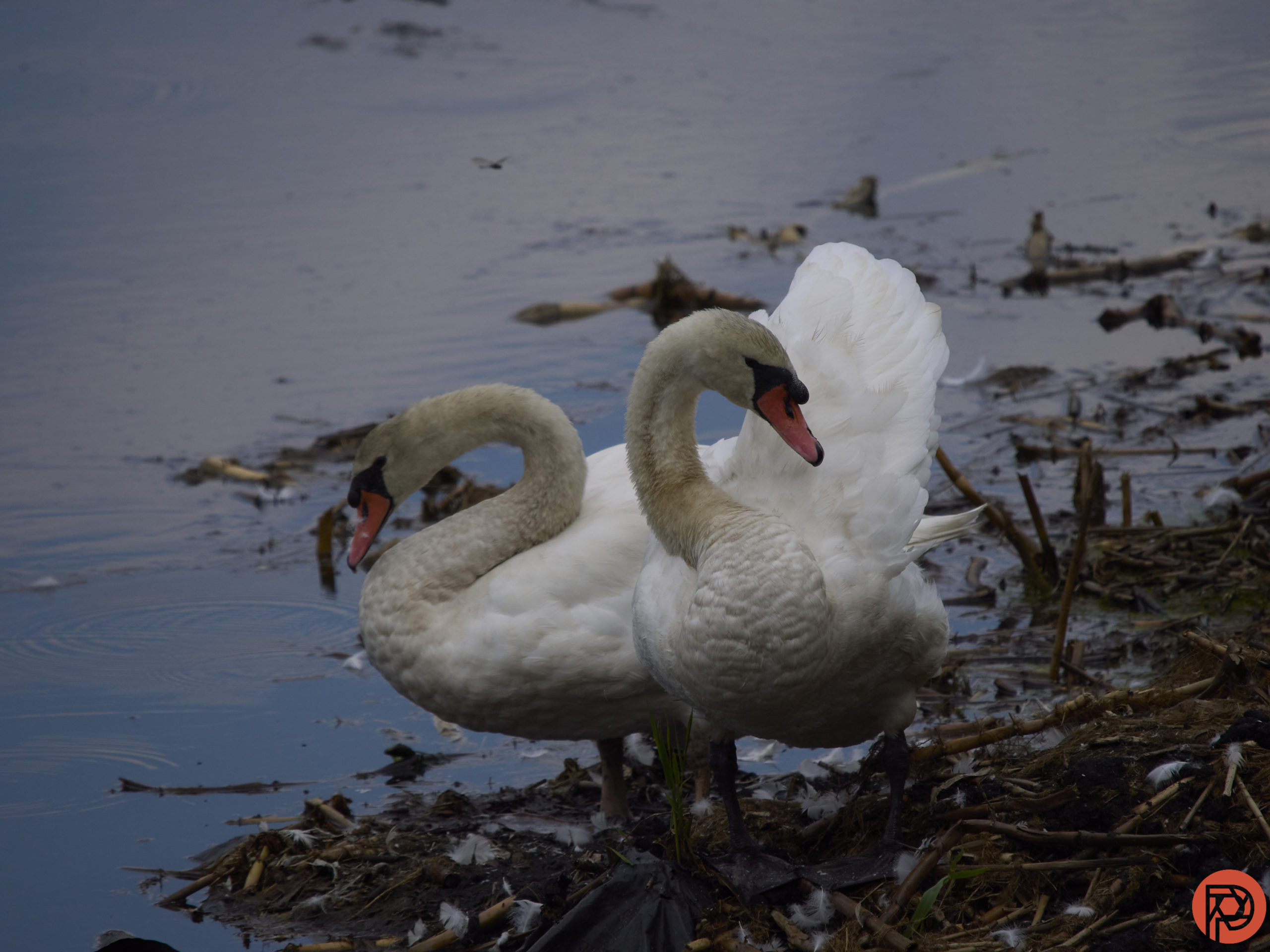
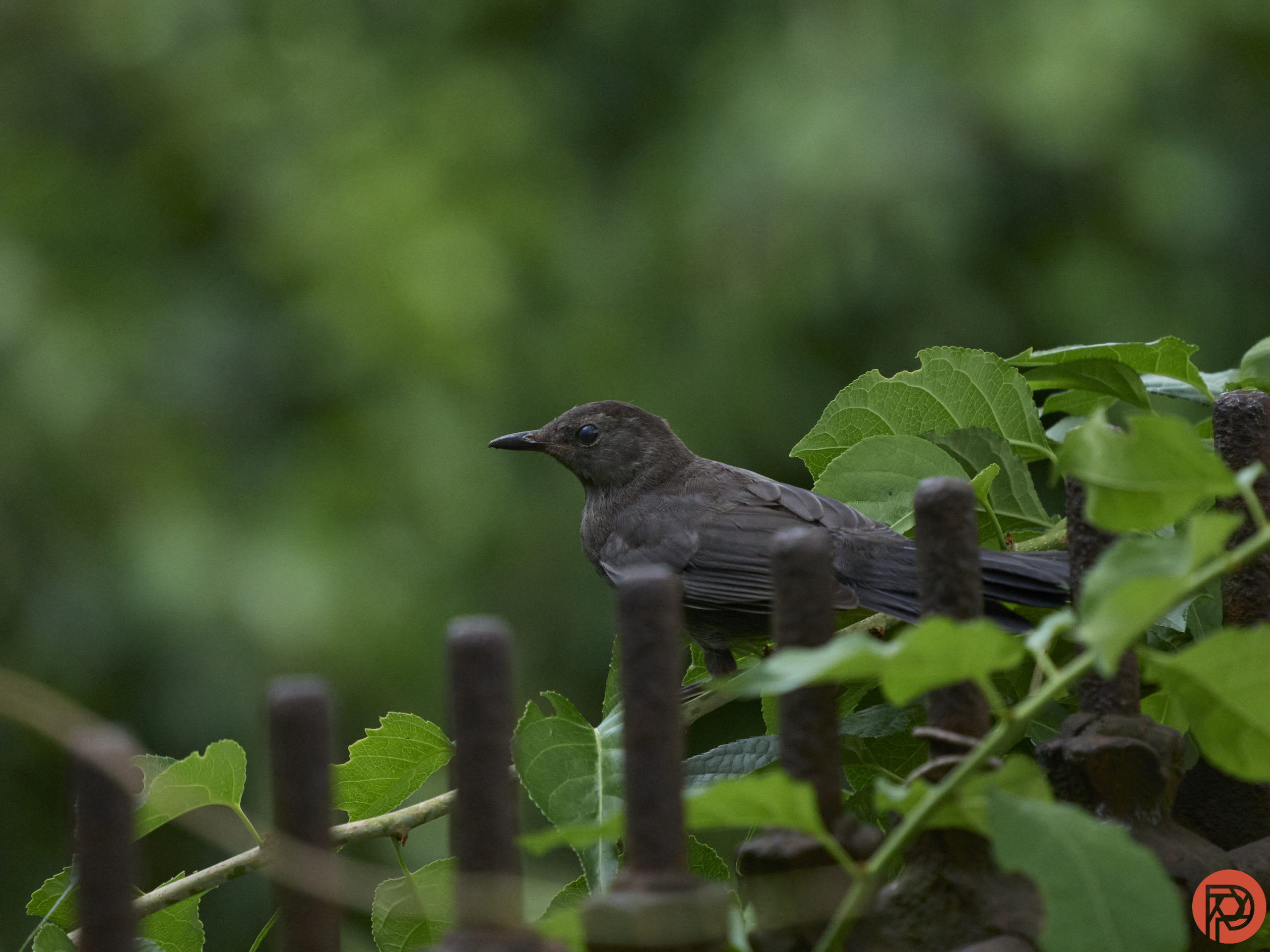
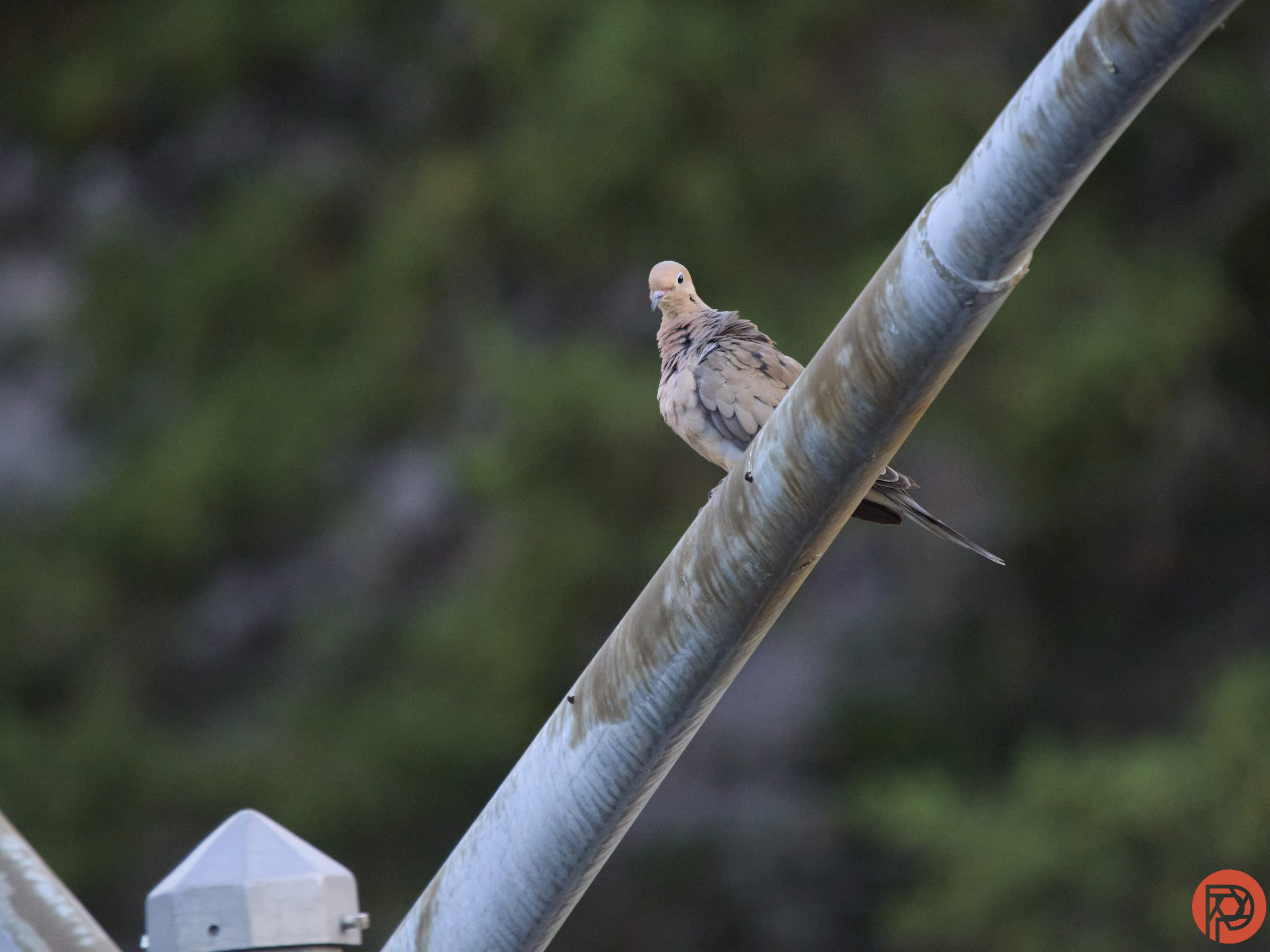
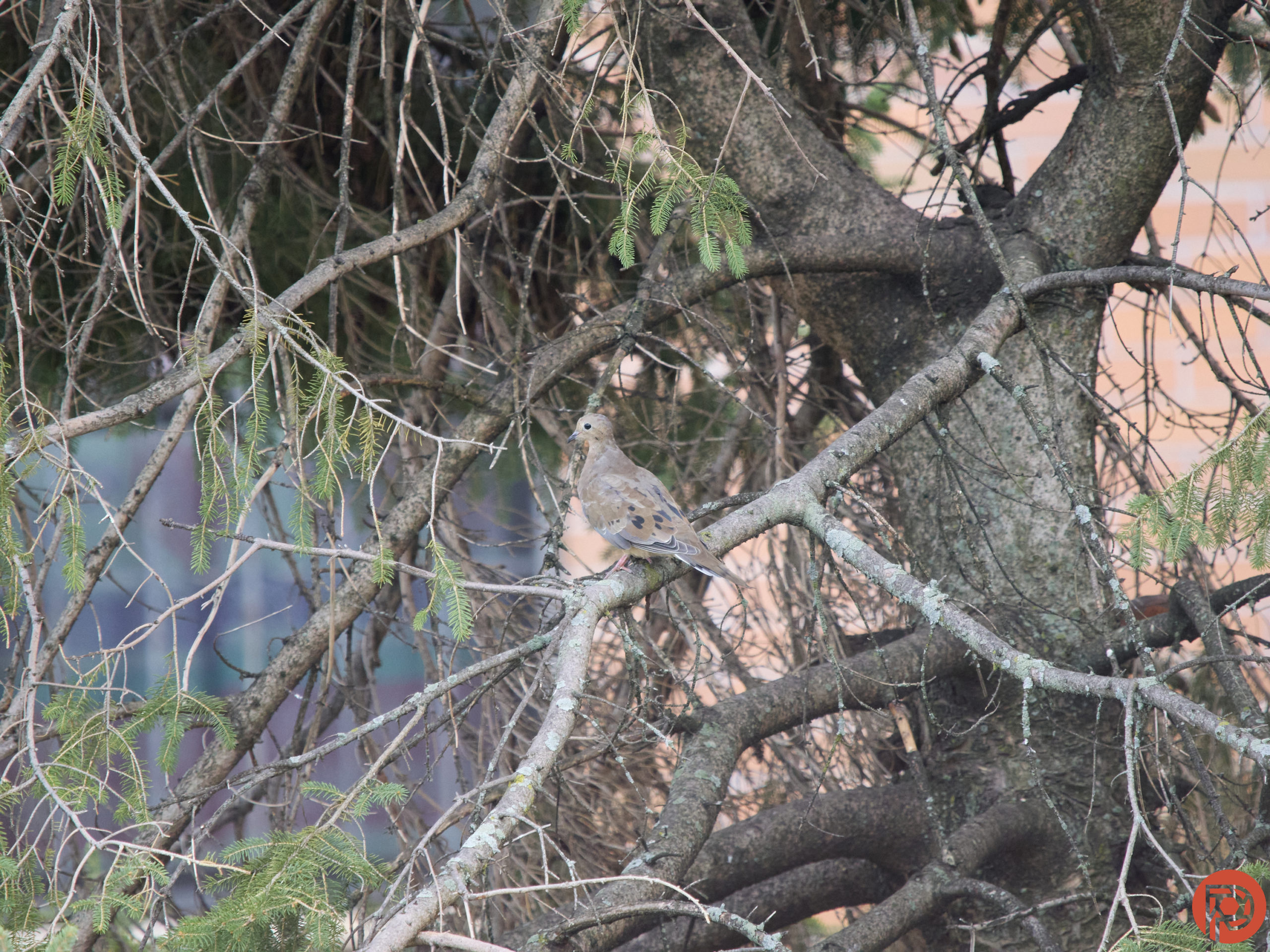

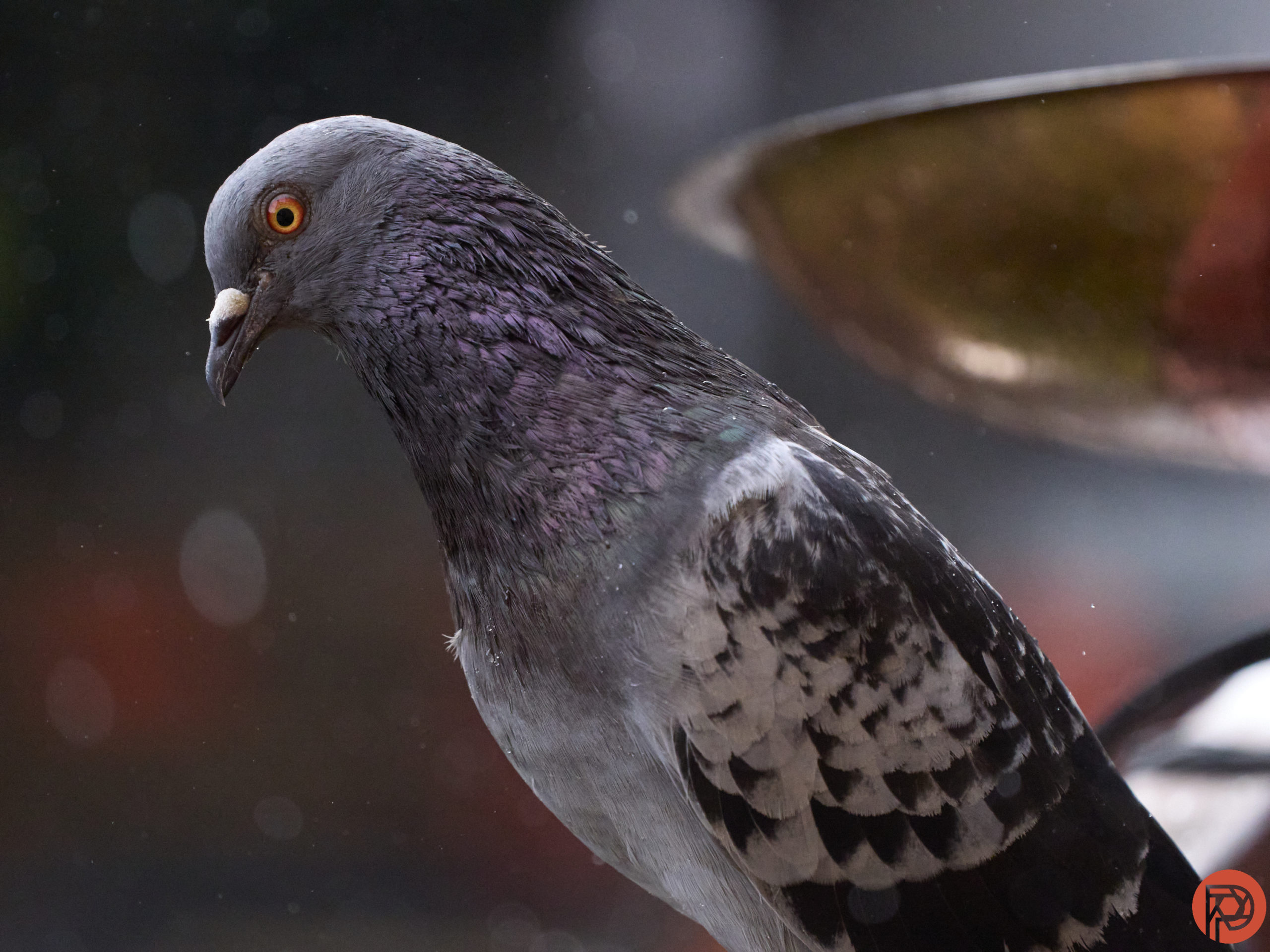
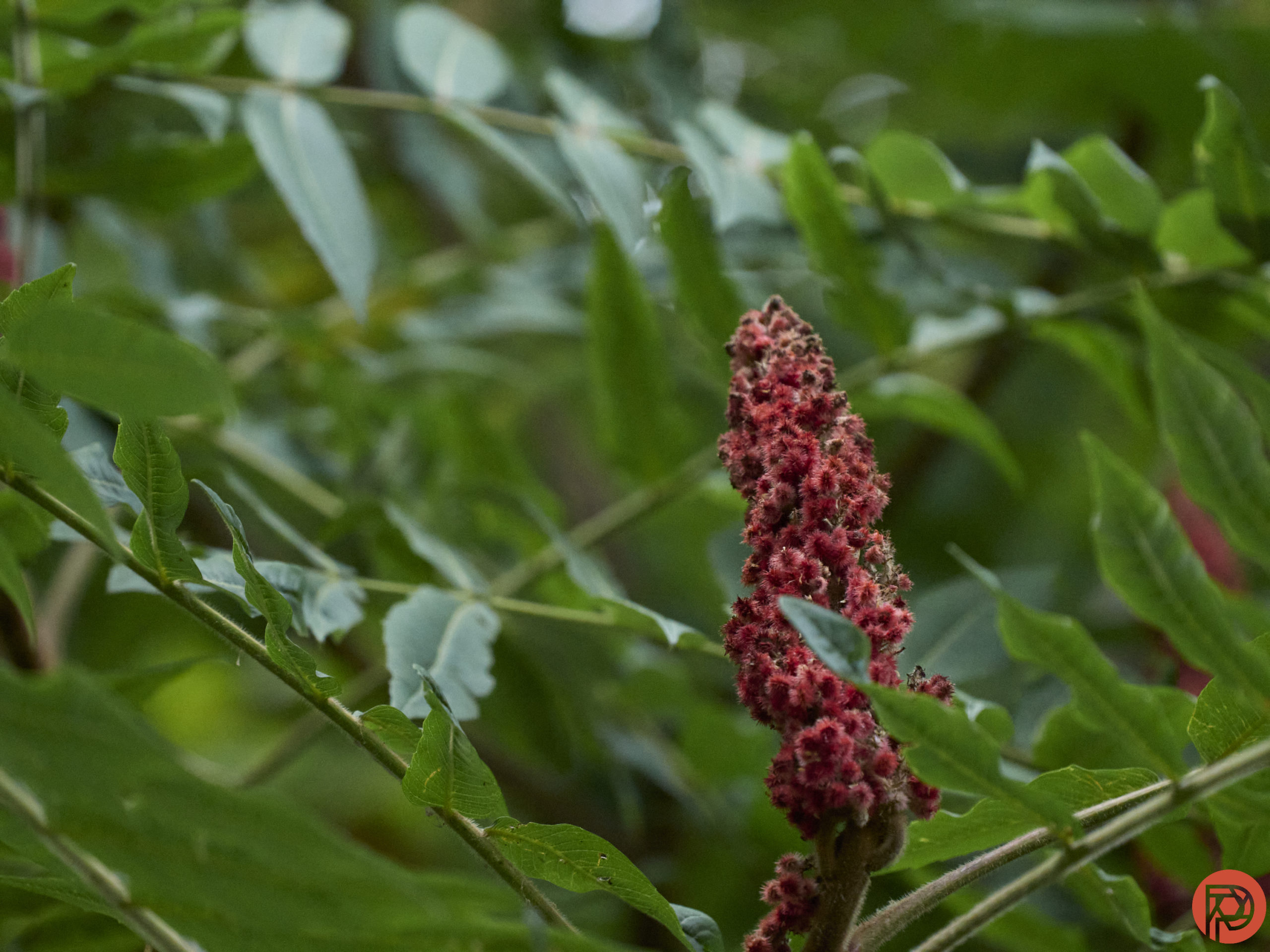










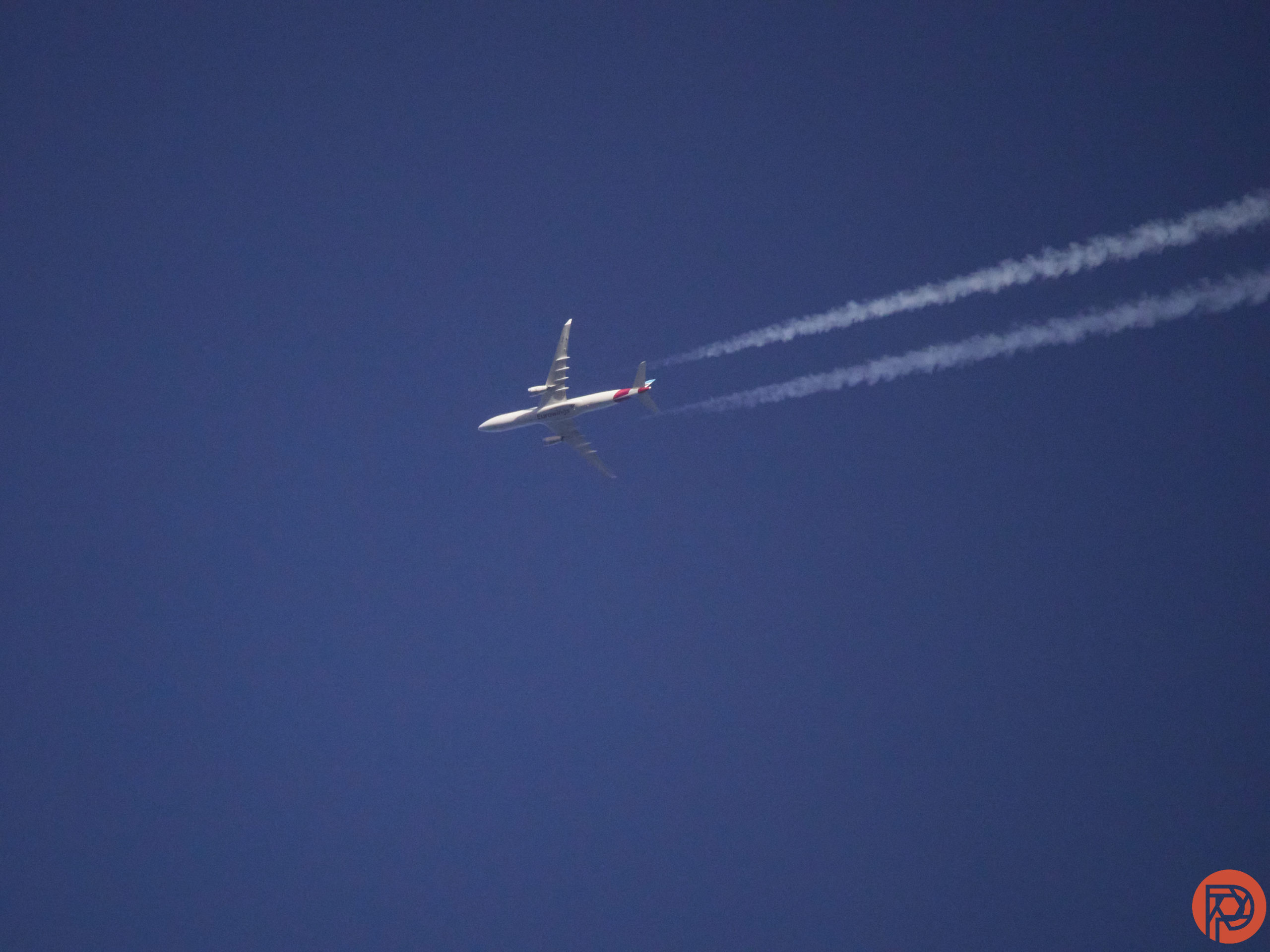

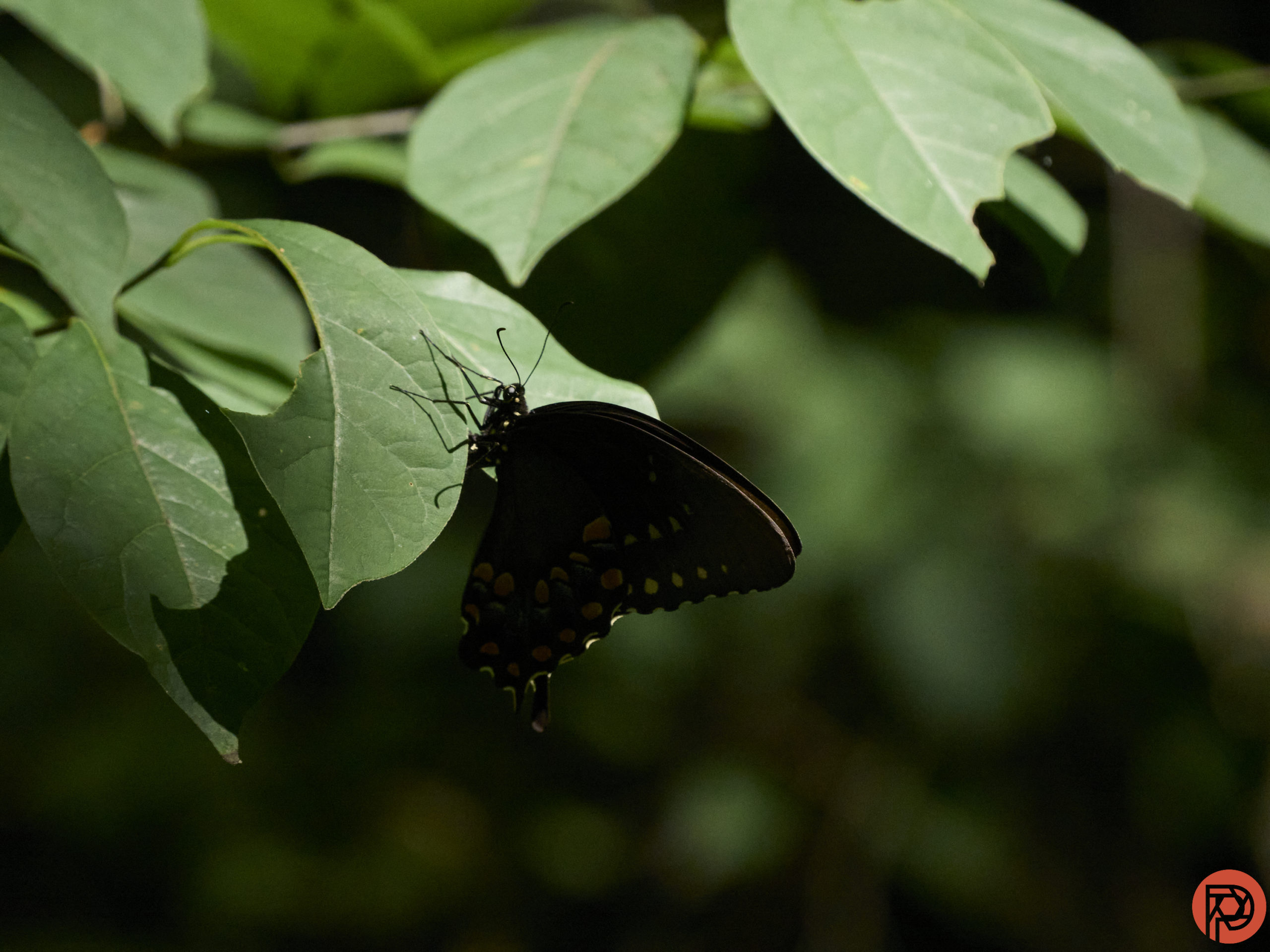


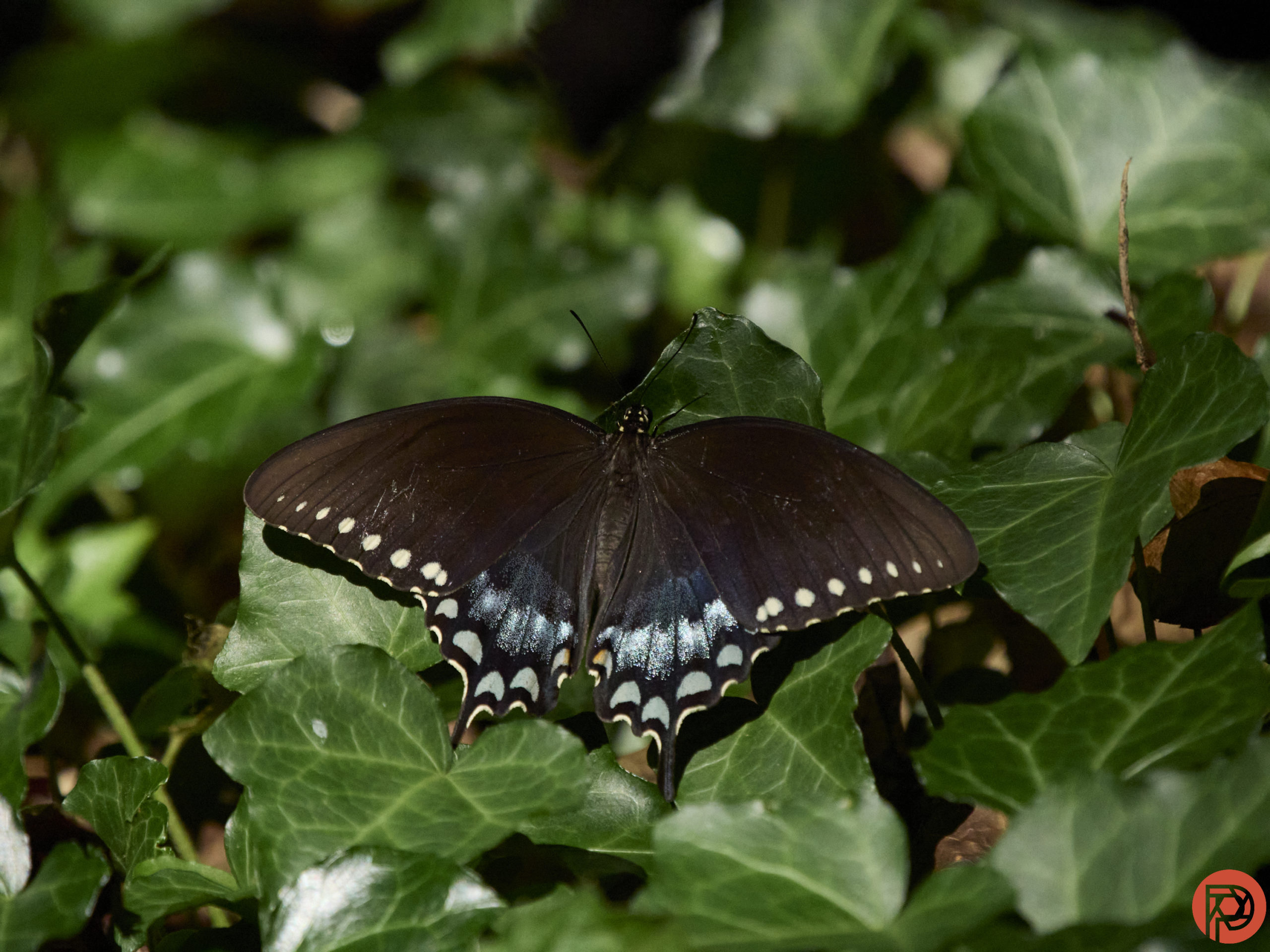

Edited


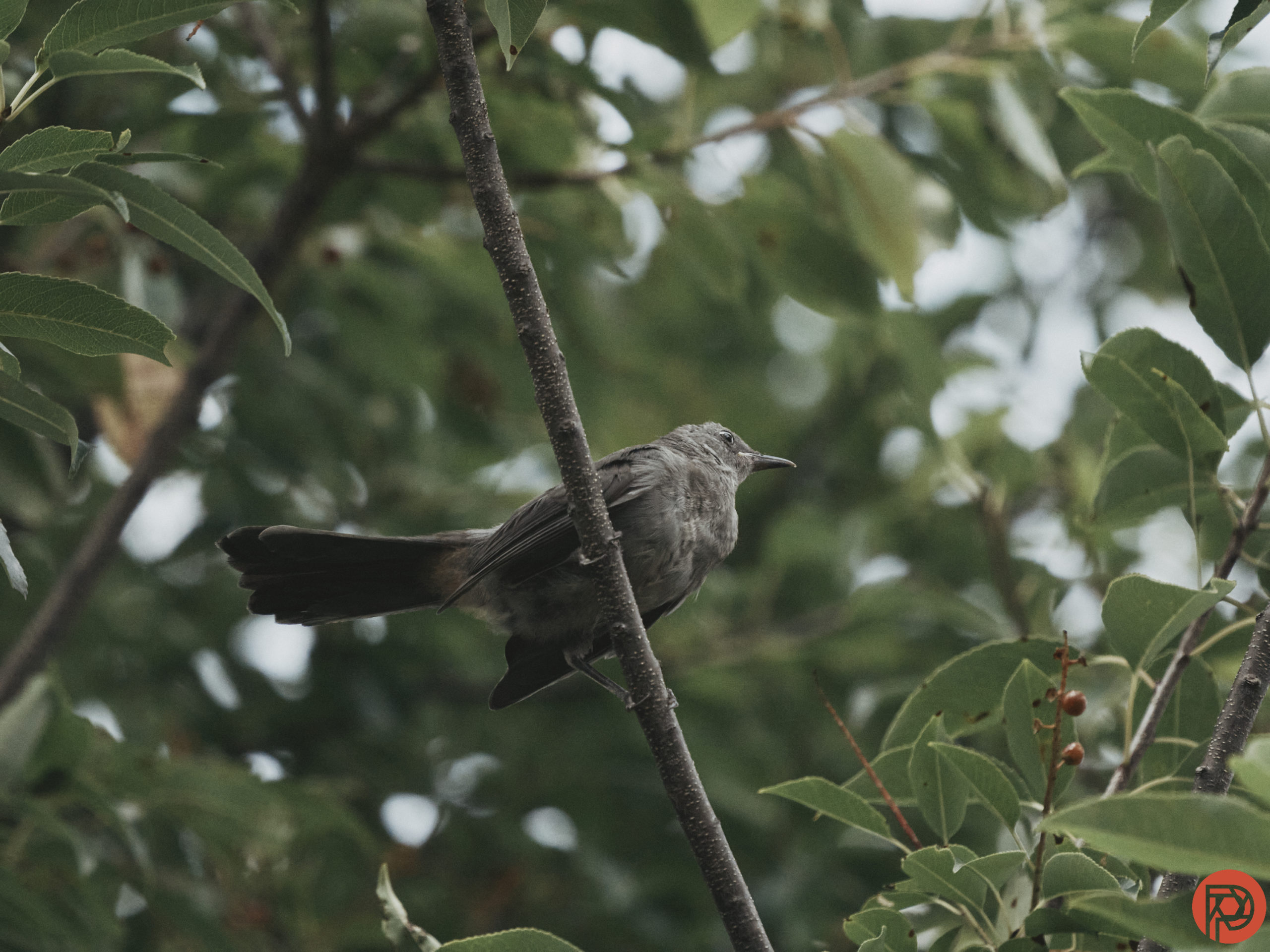
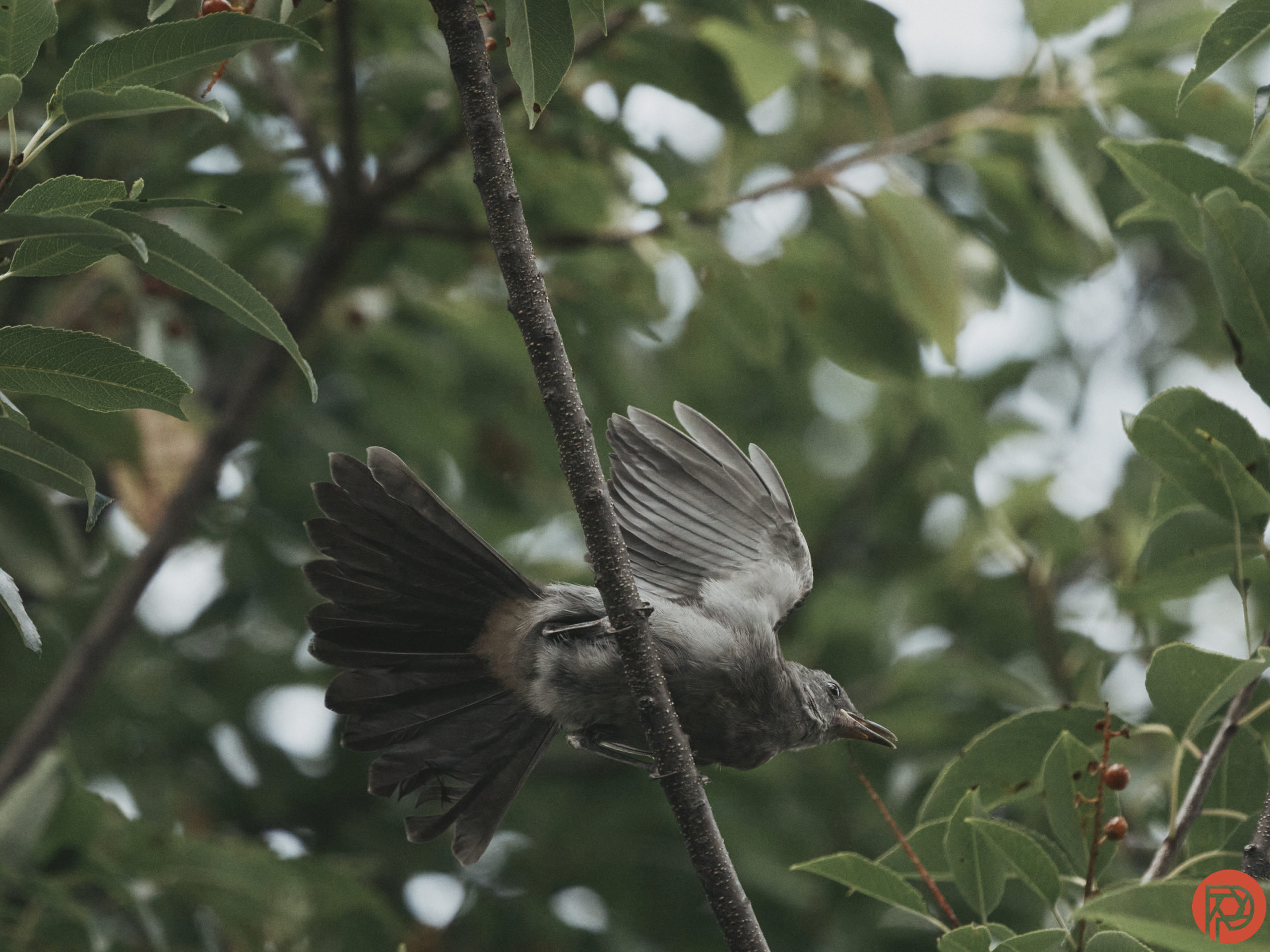
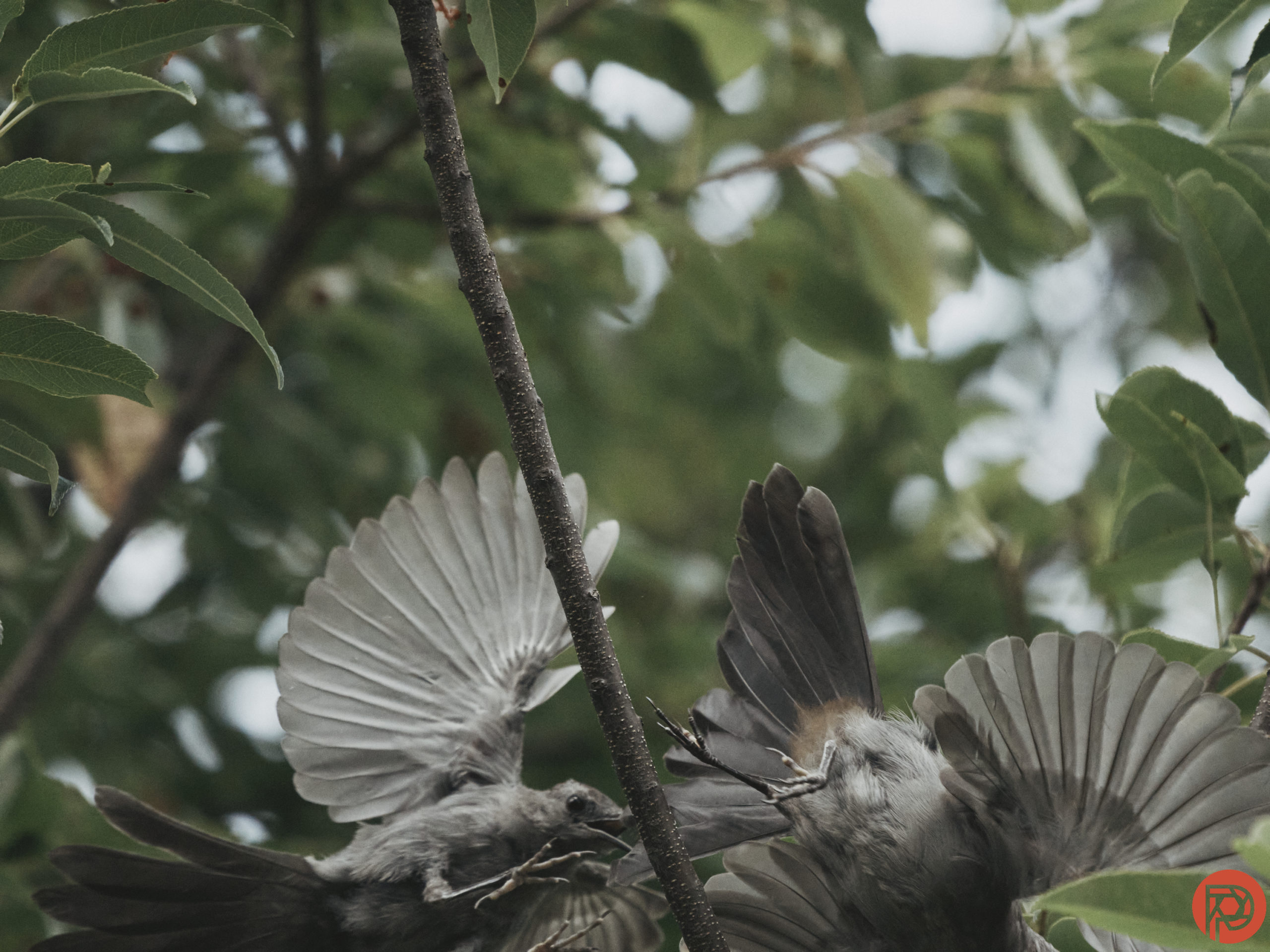
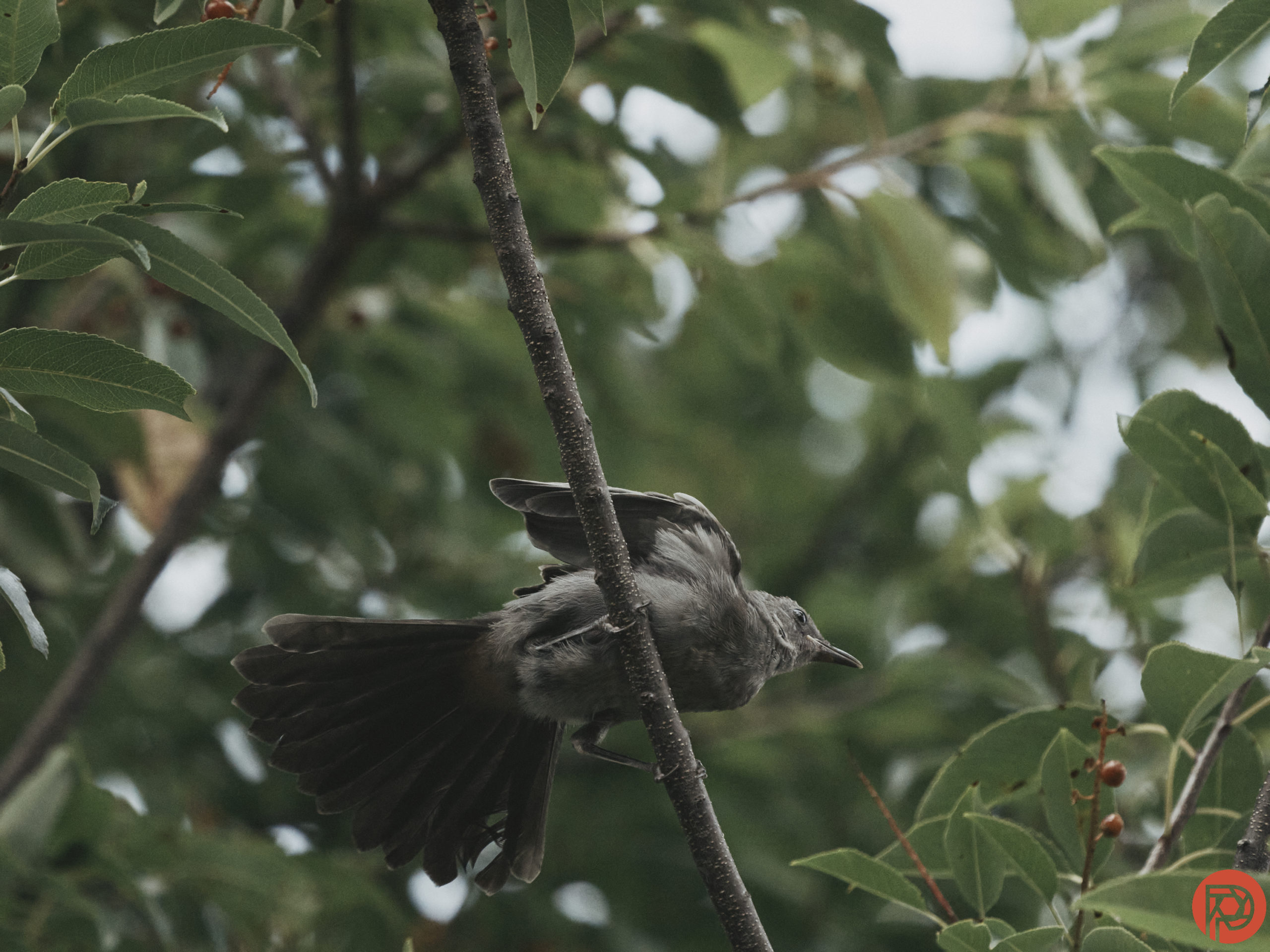
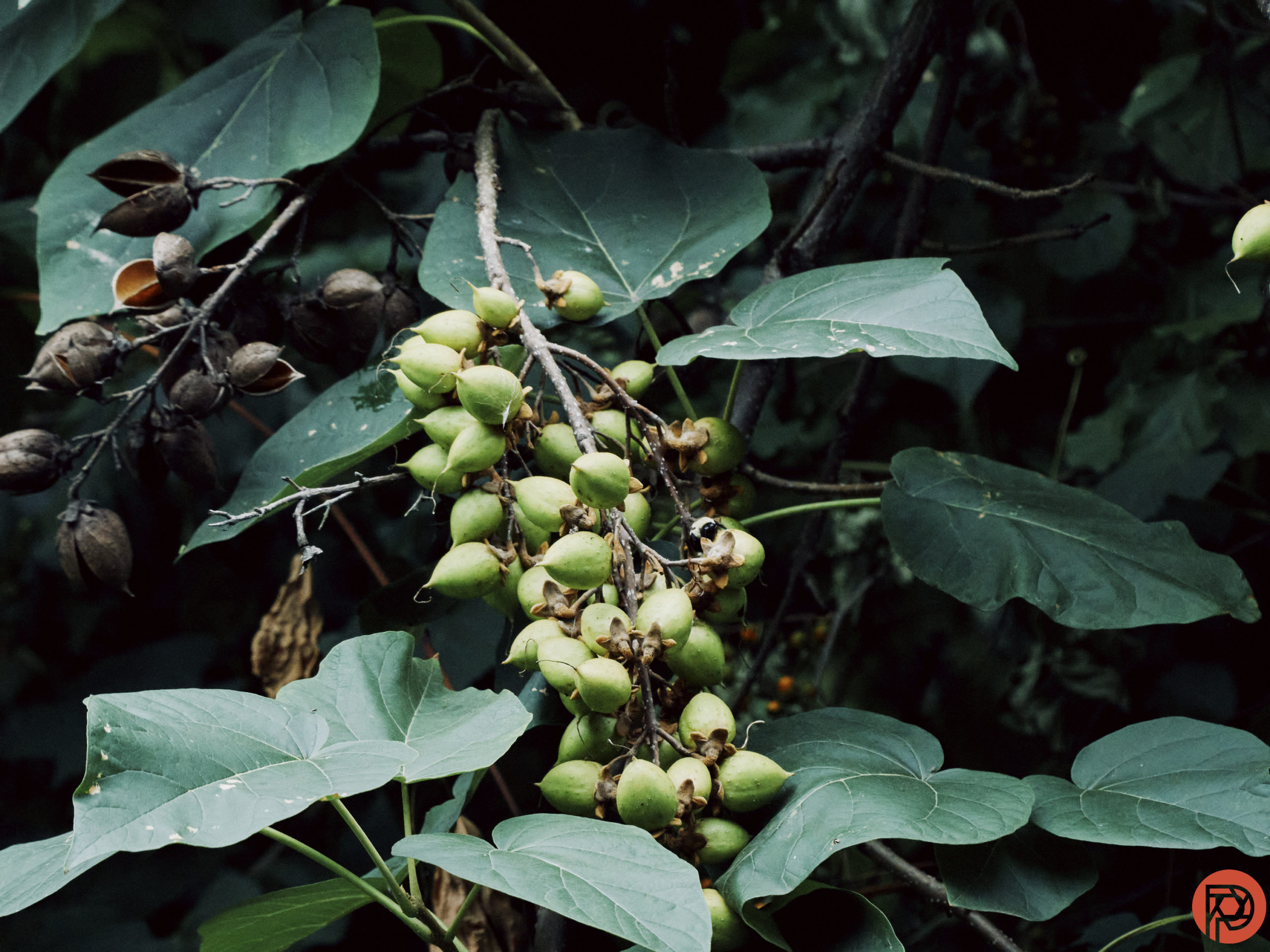



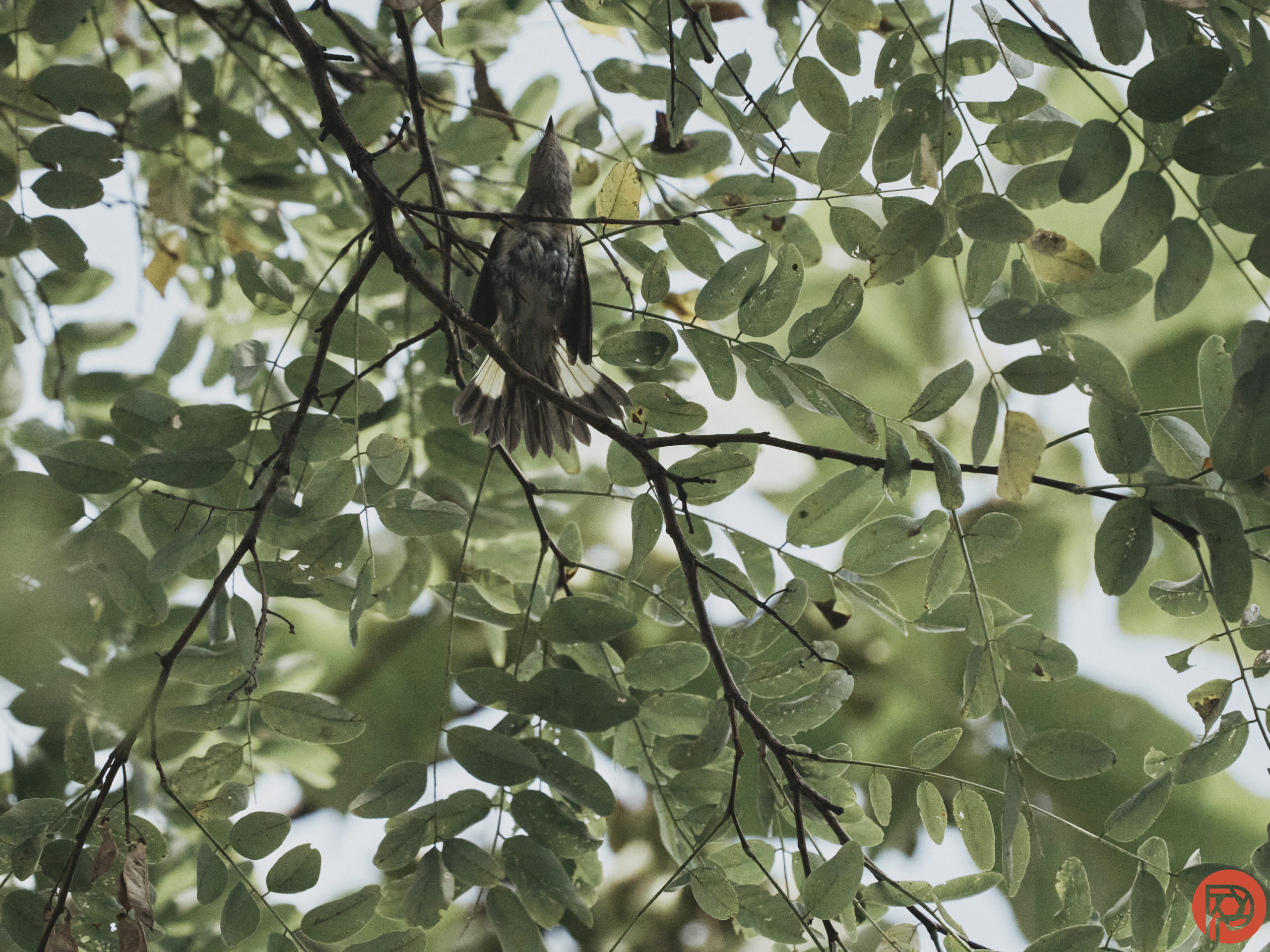
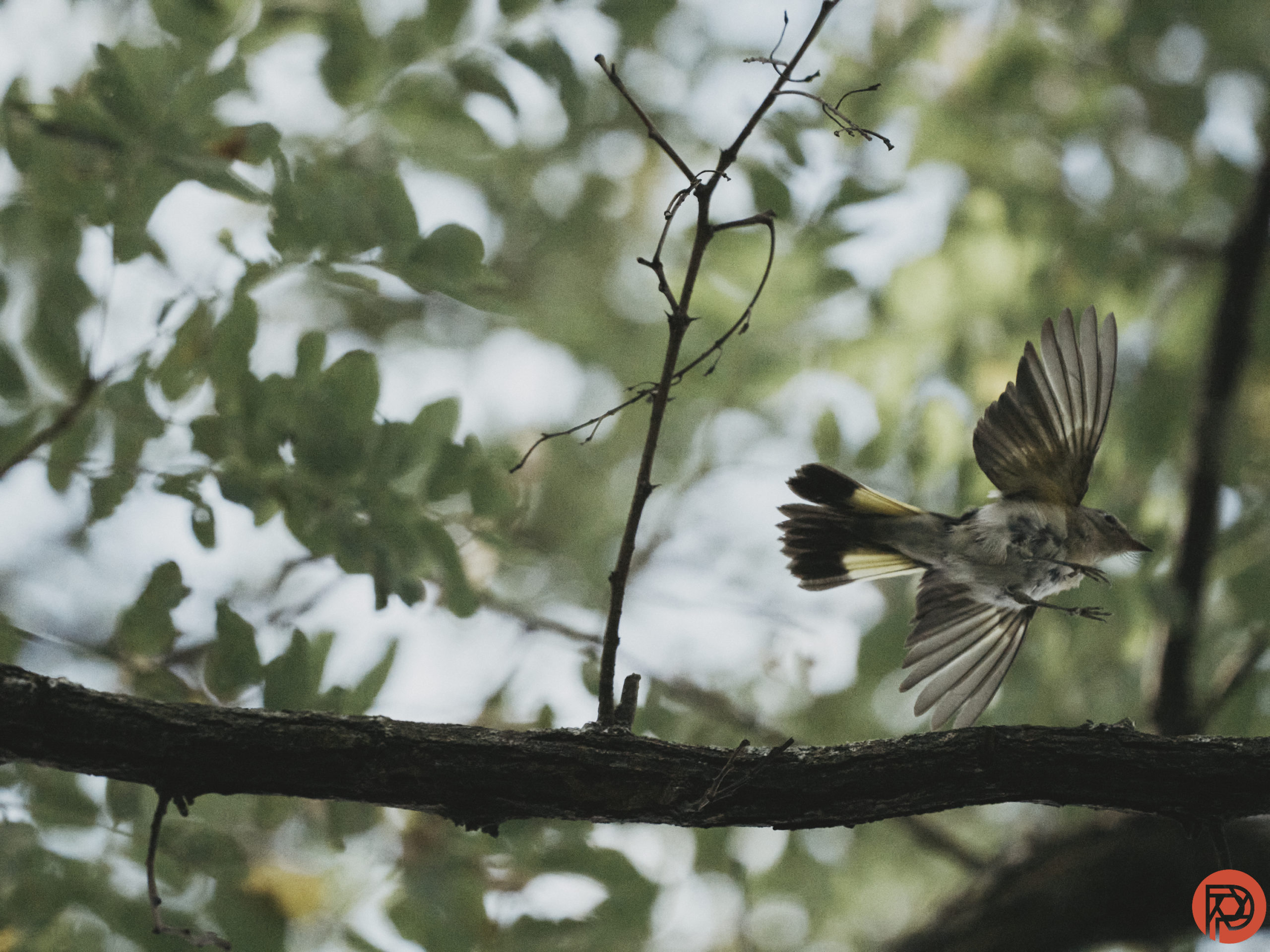

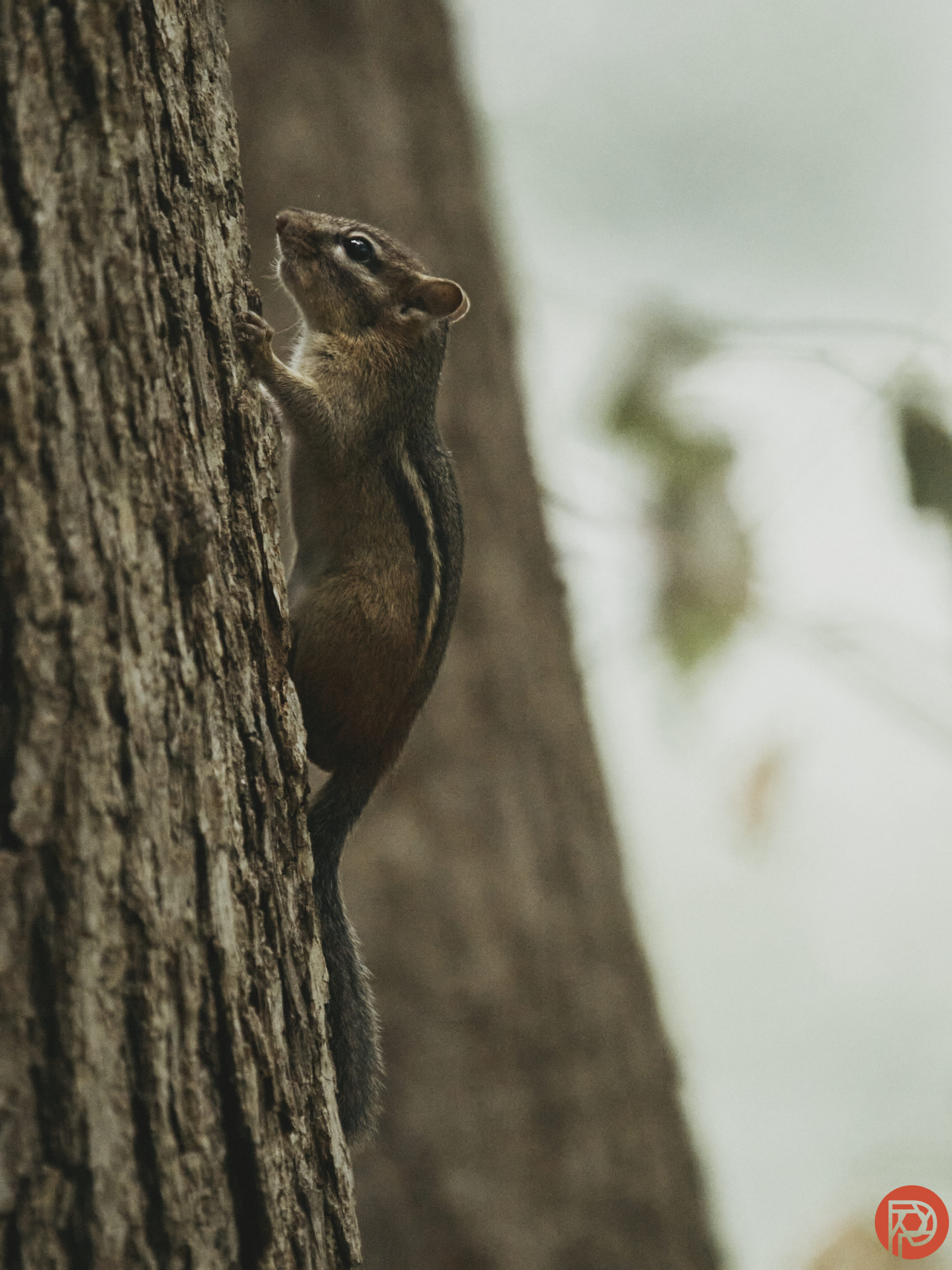
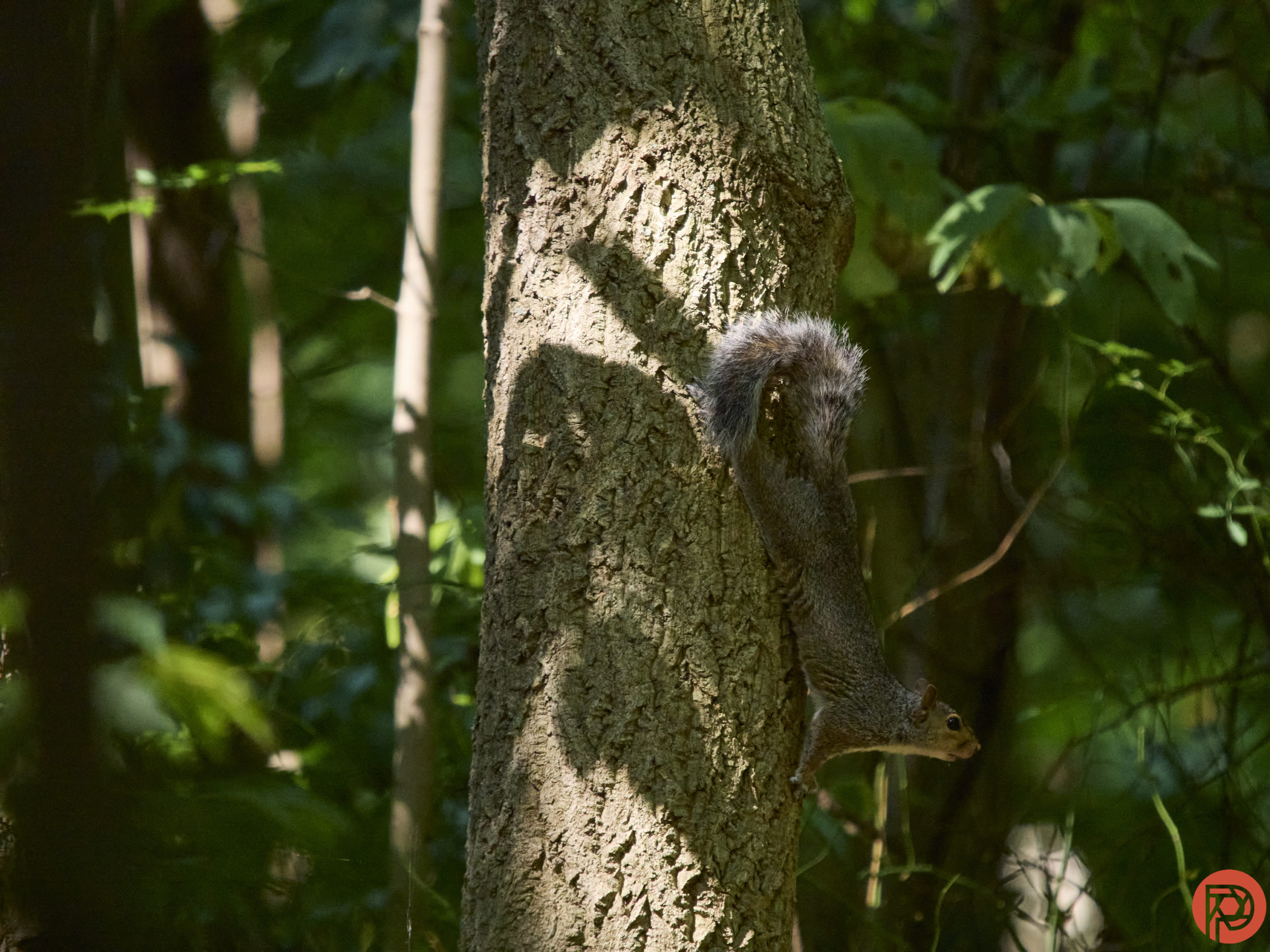


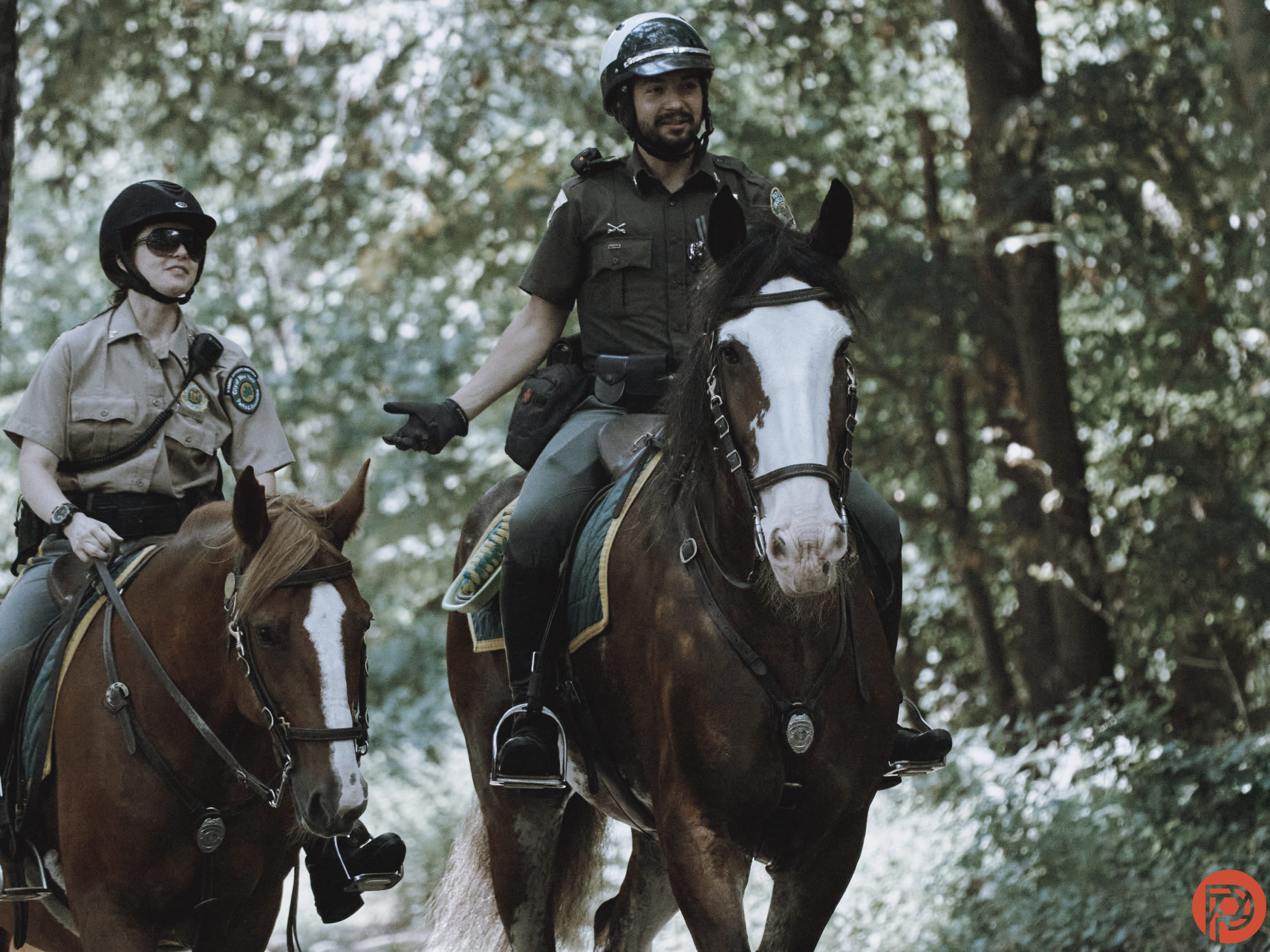
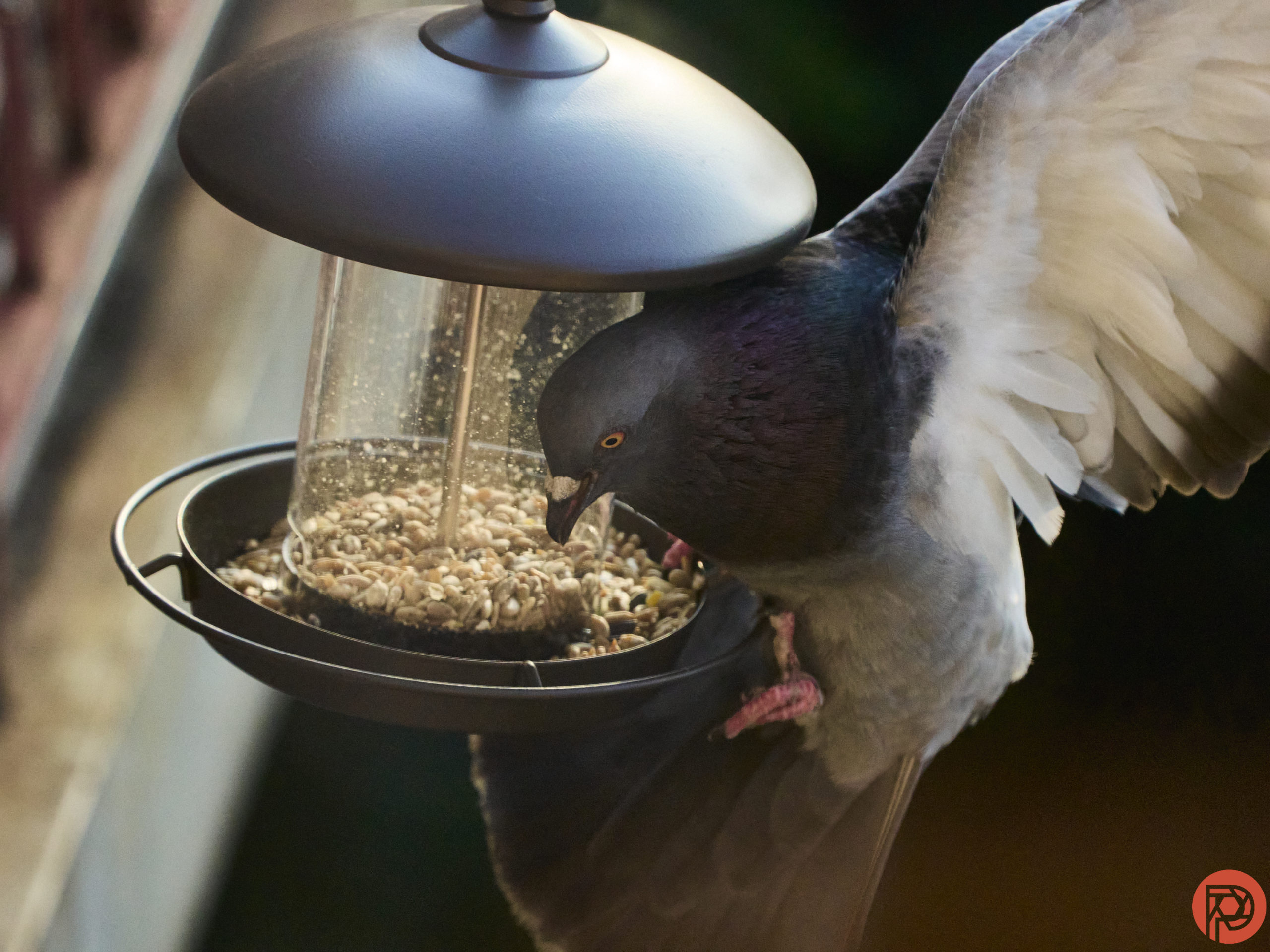

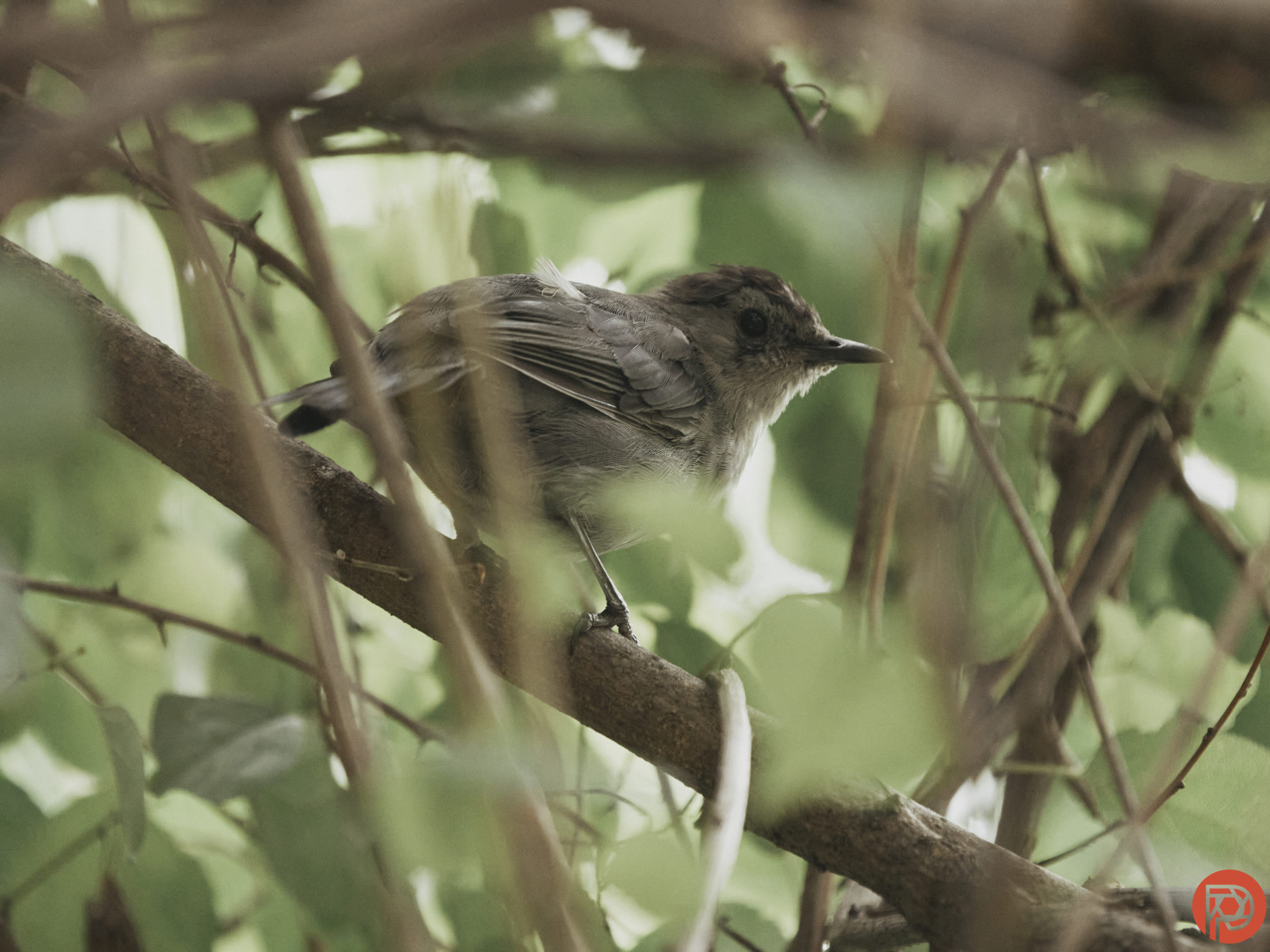







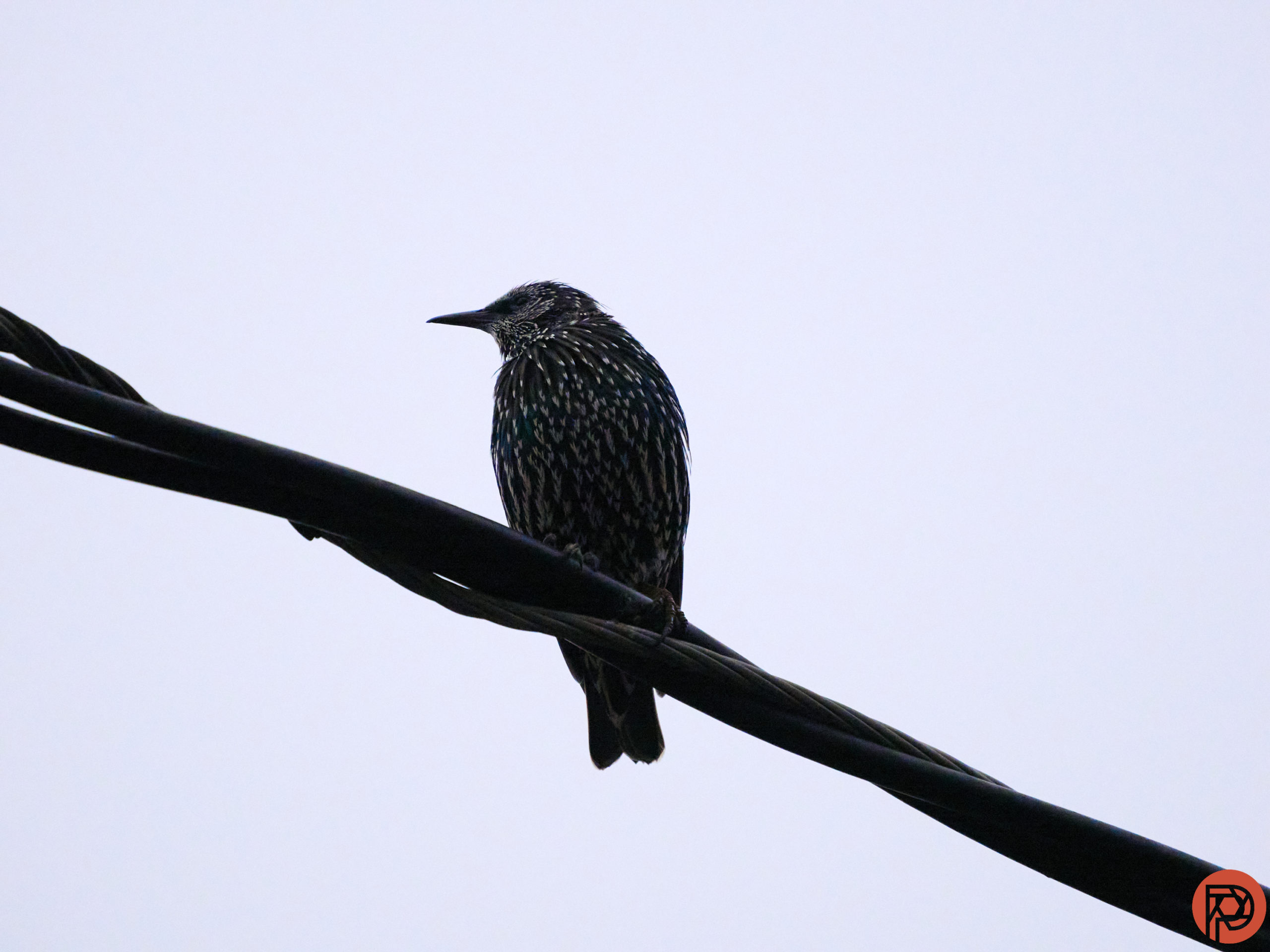




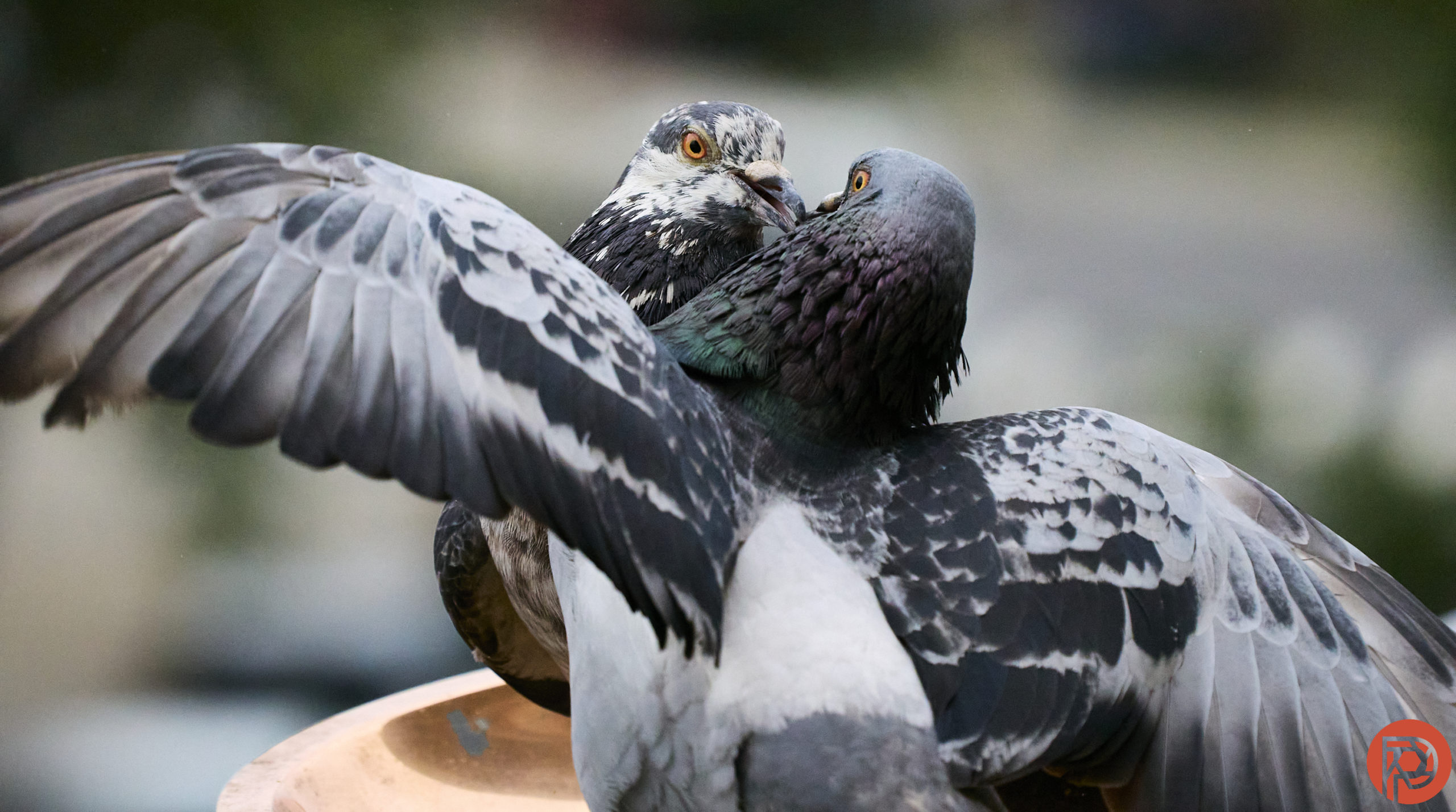
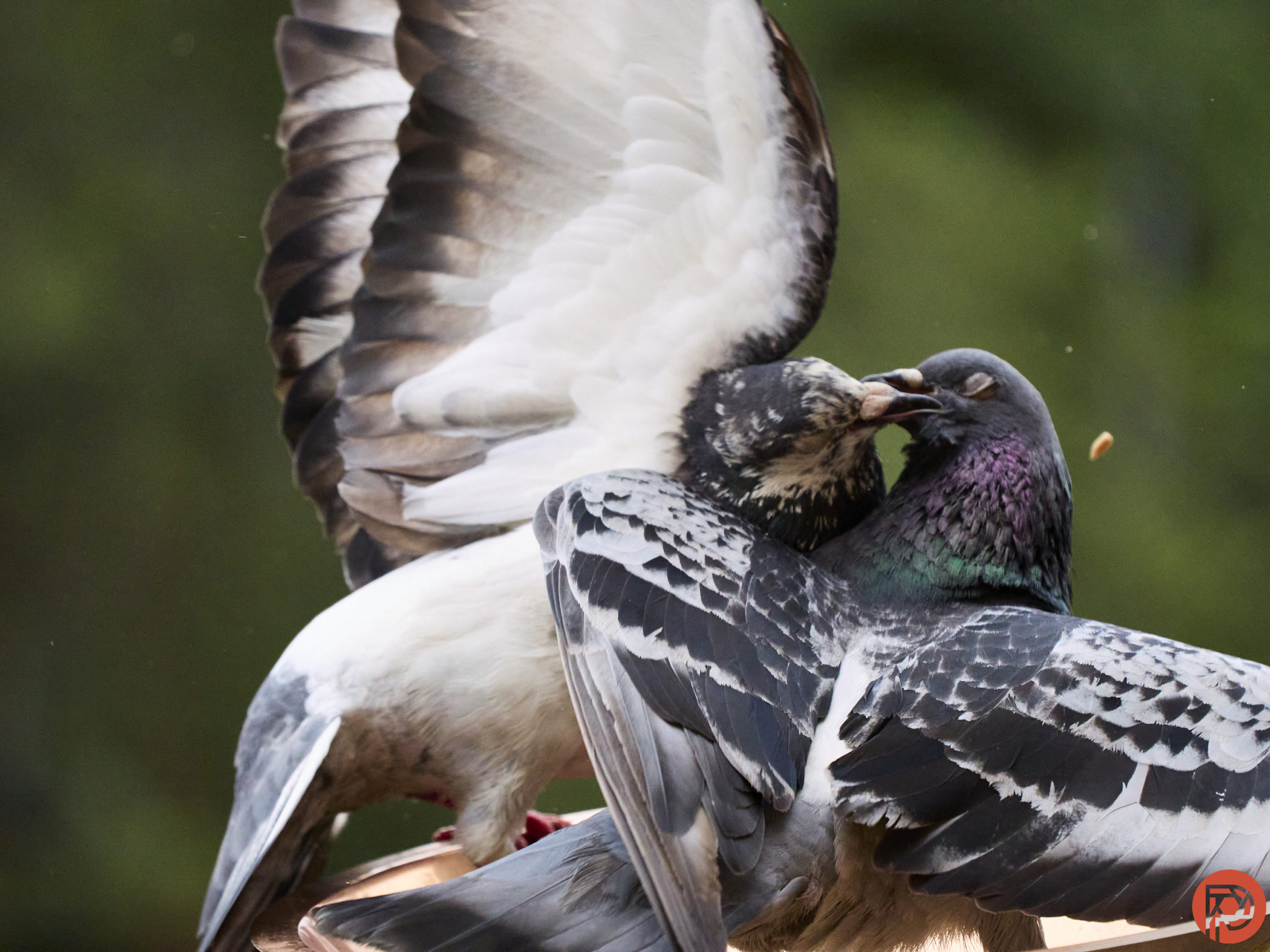




Who Should Buy It?
Let’s do a rundown for this:
- Wedding photographers: No
- Street: No
- Sports: Yes
- Wildlife: Yes
- Bird photographers: Totally
- Landscapes: Probably
- Journalism: Yes
- Portraits: During the lockdowns, people did long-distance portraits. I’d imagine this lens could do that with its massive zoom range.
Tech Specs
Here are the tech specs according to Lensrentals:
| 35mm-Equivalent Focal Length | 1 |
| Angle of View | 8.2° to 3.1° |
| Aperture Blades | 9, Rounded |
| Autofocus | Autofocus |
| Brand | Olympus |
| Diameter | 4.6″ |
| Extra Low-Dispersion Elements | 2 |
| Filter Size | 95.0mm |
| Focal Length | 150.0-400.0 |
| Groups/Elements | 18/28 |
| High-Definition Elements | 1 |
| Hood Included | Yes |
| Image Stabilization | Yes |
| Item Type | Lens |
| Length | 12.4″ |
| Lens Type | Telephoto |
| Max Aperture | 4.5 |
| Maximum Magnification | 0.12 to 0.29x |
| Mfr. Model Number | V315060BU000 |
| Minimum Aperture | 22.0 |
| Minimum Focusing Distance | 4.3feet |
| Mount | Micro 4/3rds |
| Super Extra-Low Dispersion Elements | 4 |
| Tripod Collar | Fixed and Rotating |
| Weight | 4.1 lbs. |
The Phoblographer may receive affiliate compensation for products purchased using links in this blog post.


